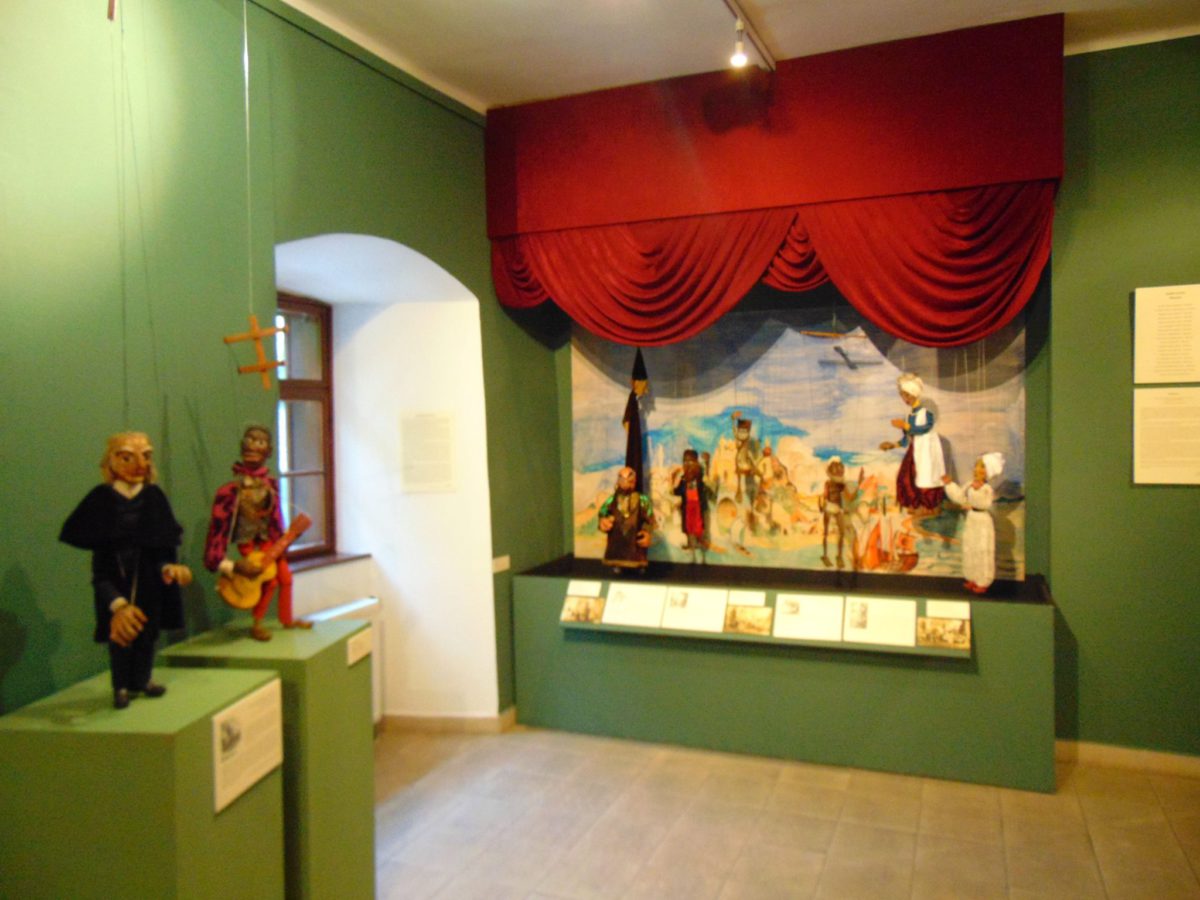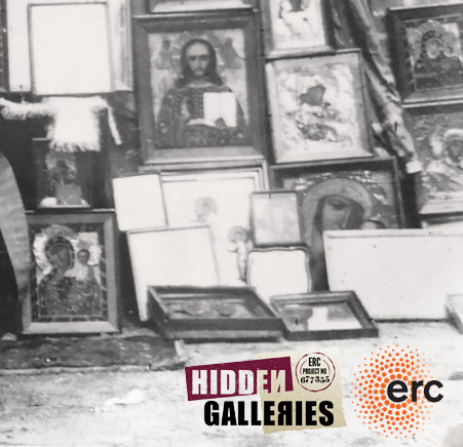

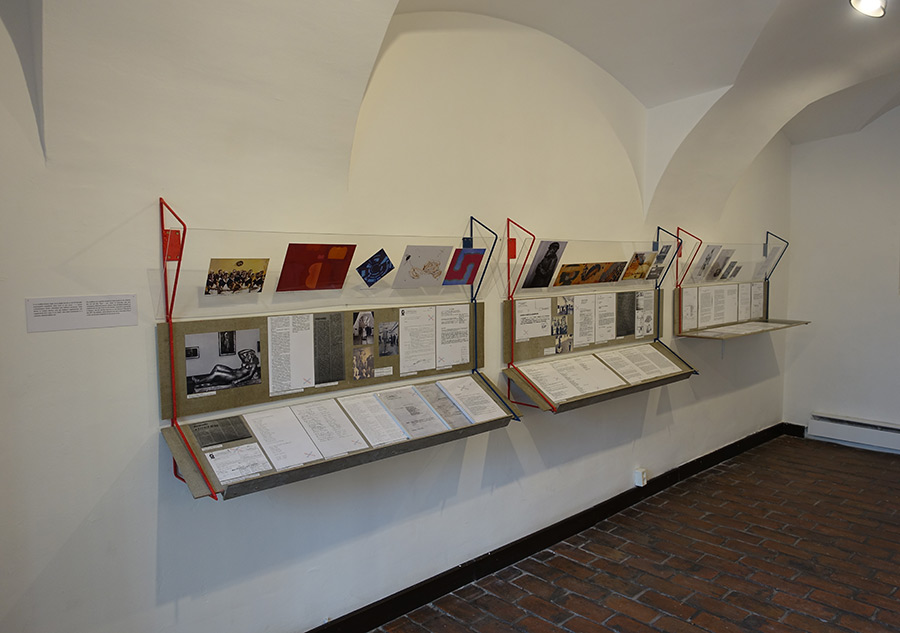

A retrospective exhibition of the Studio of Young Artists
Budapest Gallery, 19 October 2016. – 8 January 2017.
The exhibition surveyed the past and the roles of the Studio of Young Artists from its establishment until the political transformations of 1989. The history of this distinctive institution of the Kádár regime emerged through the presentations of archival material, exhibition documents, publications, posters, photographs, and original artworks.
The first part diaplayed documents of the collective surveys organized in prominent and symbolically important locations beginning in the early 1960s, as well as the solo and smaller group shows organized from the 1970s onwards in the Studio Gallery.
The second half of the exhibition consisted of a selection from the Studio Collection comprised of works created by former members of the organization. The selection on display (organized into thematic sections) focused on forgotten and unfamiliar sounding names and unusual, atypical works, thus casting a fresh glance on this heterogenuous collection, which deserves a better fate.
Although the concept of the exhibition was based on an extensive research period, one of the emphasized goals of the display was to collect further documents and memories. The materials which arrived over the course of the show were continously incorporated into the documentary section and were also added to the online research archive (http://studioarchivum.tumblr.com/).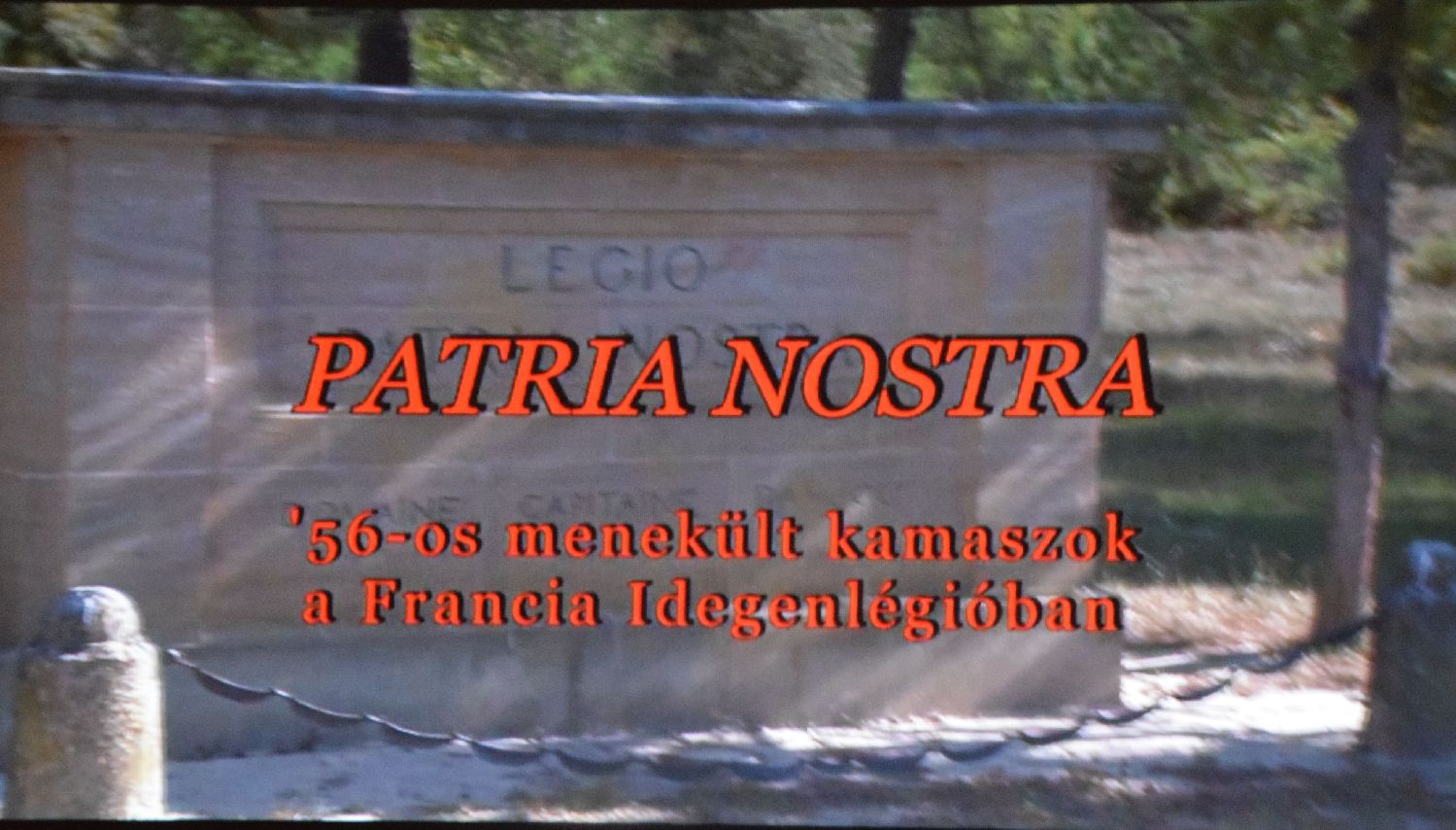

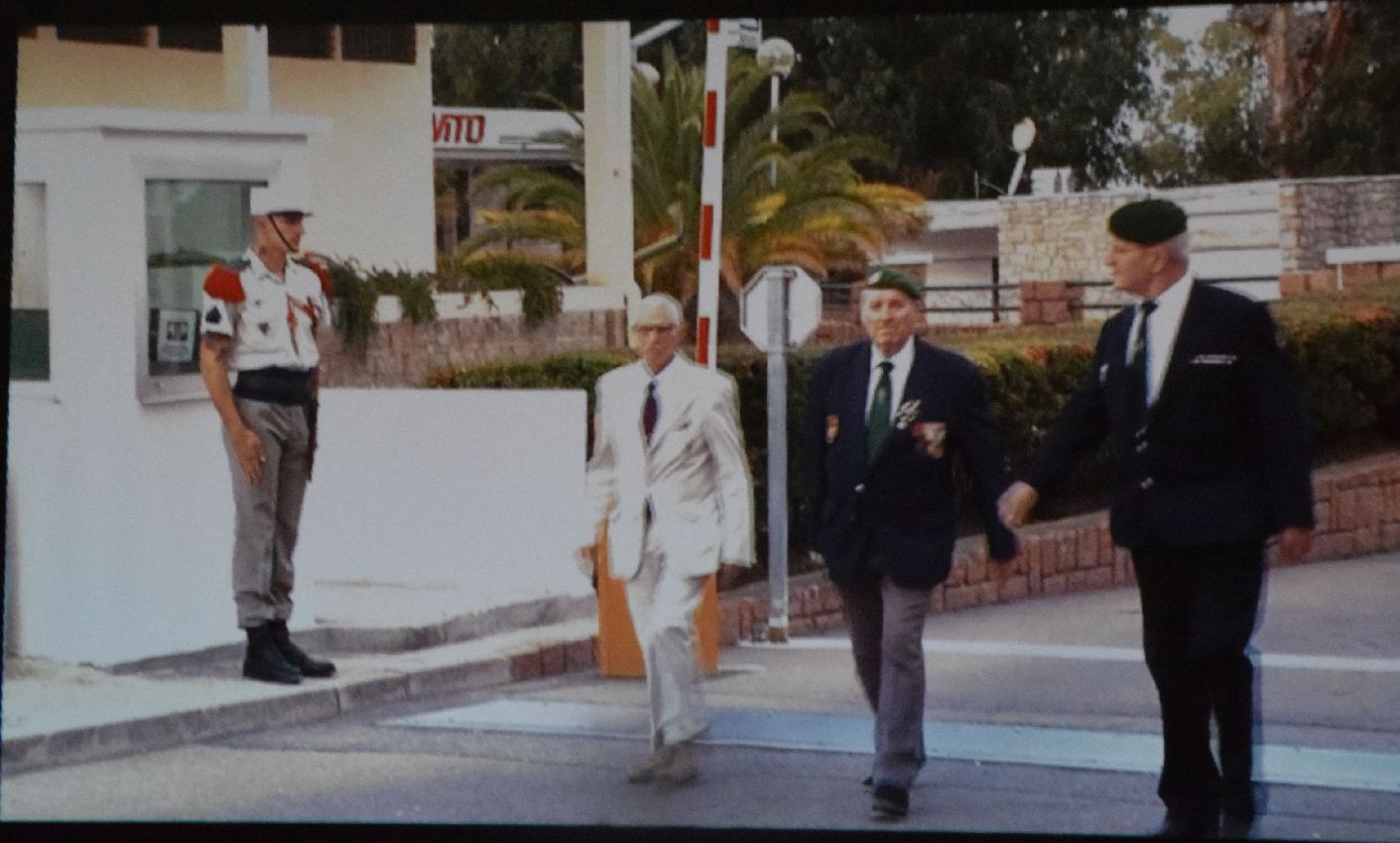

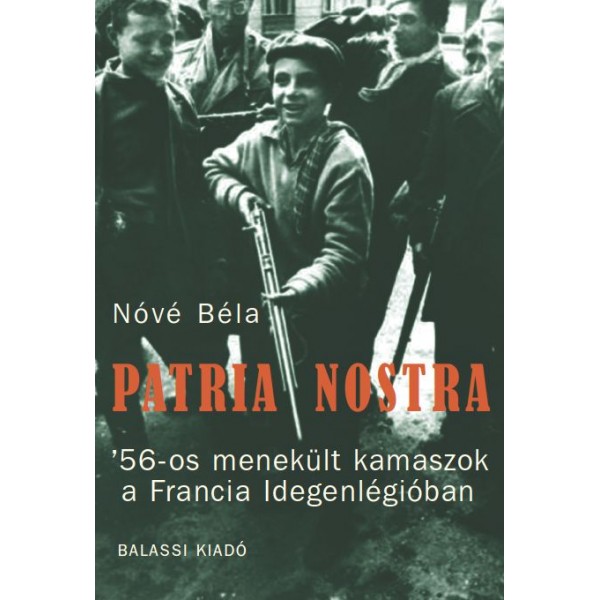
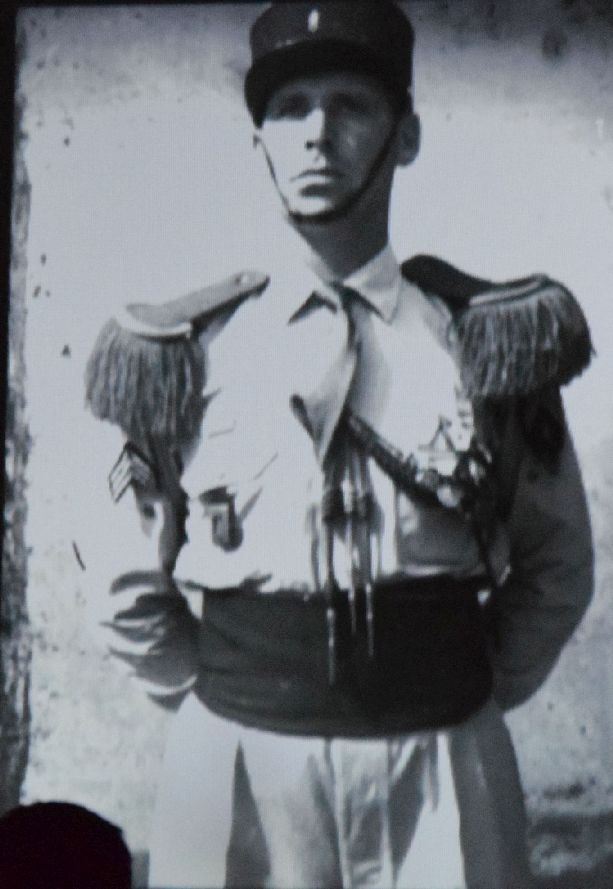
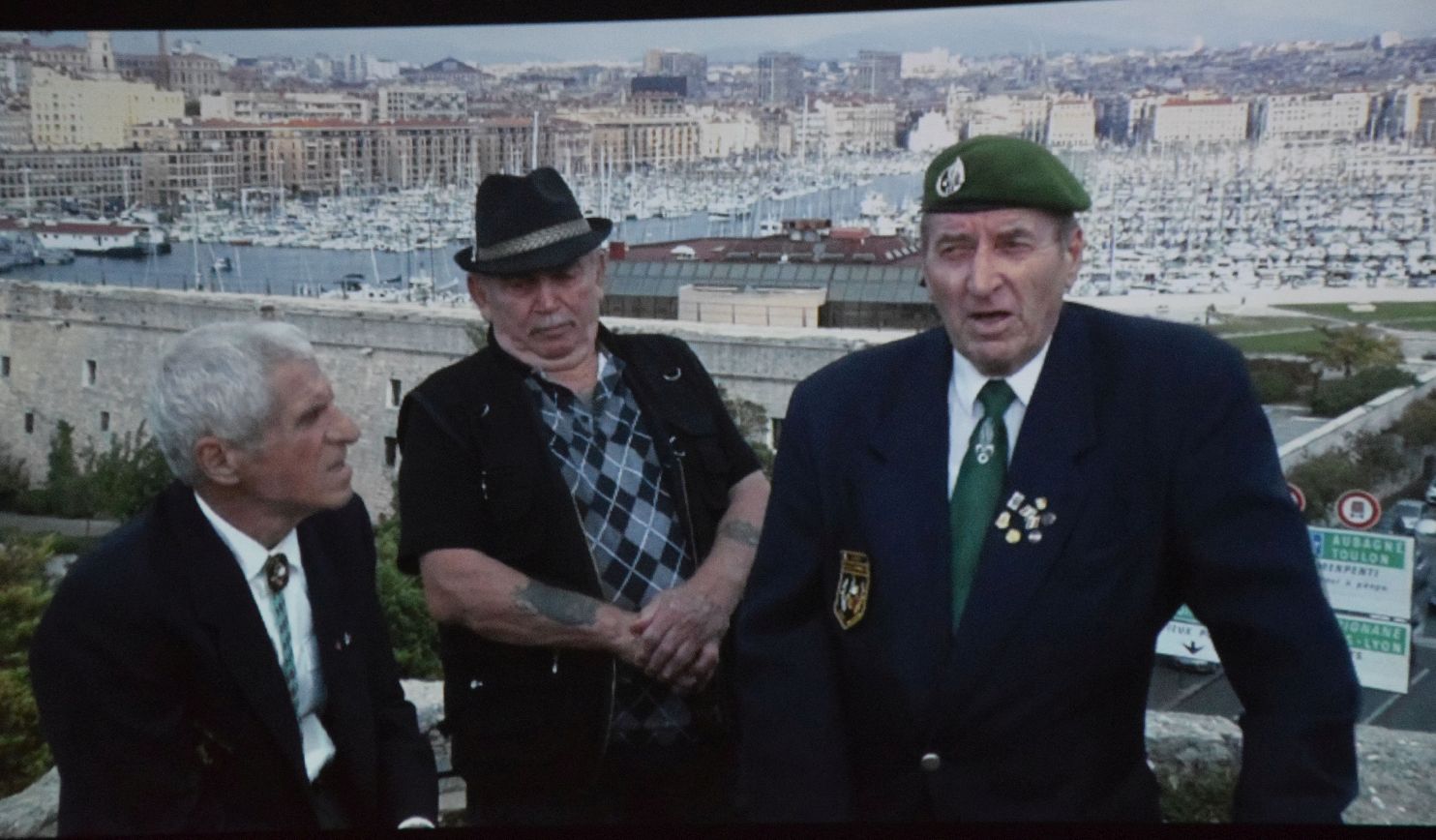
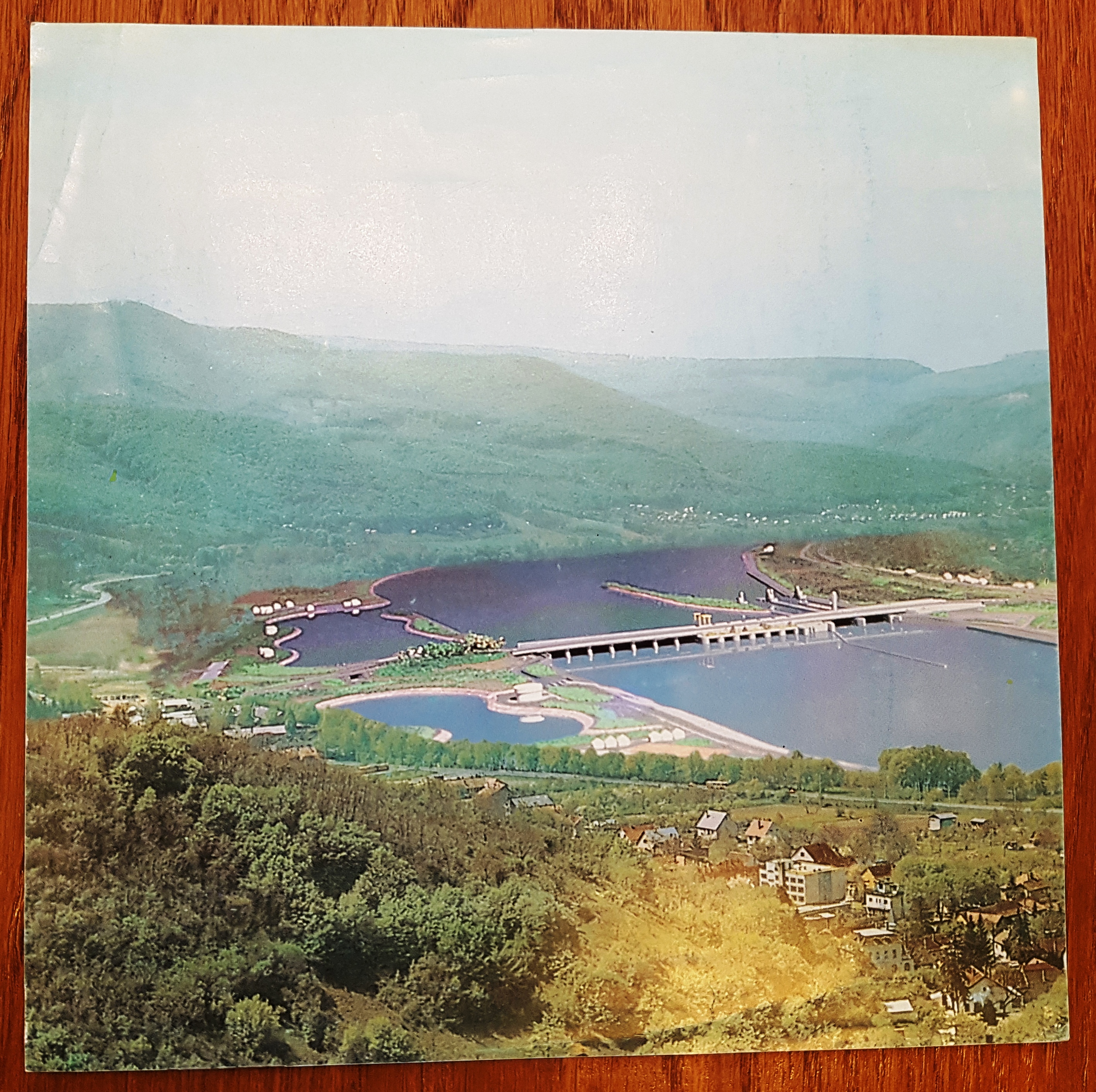

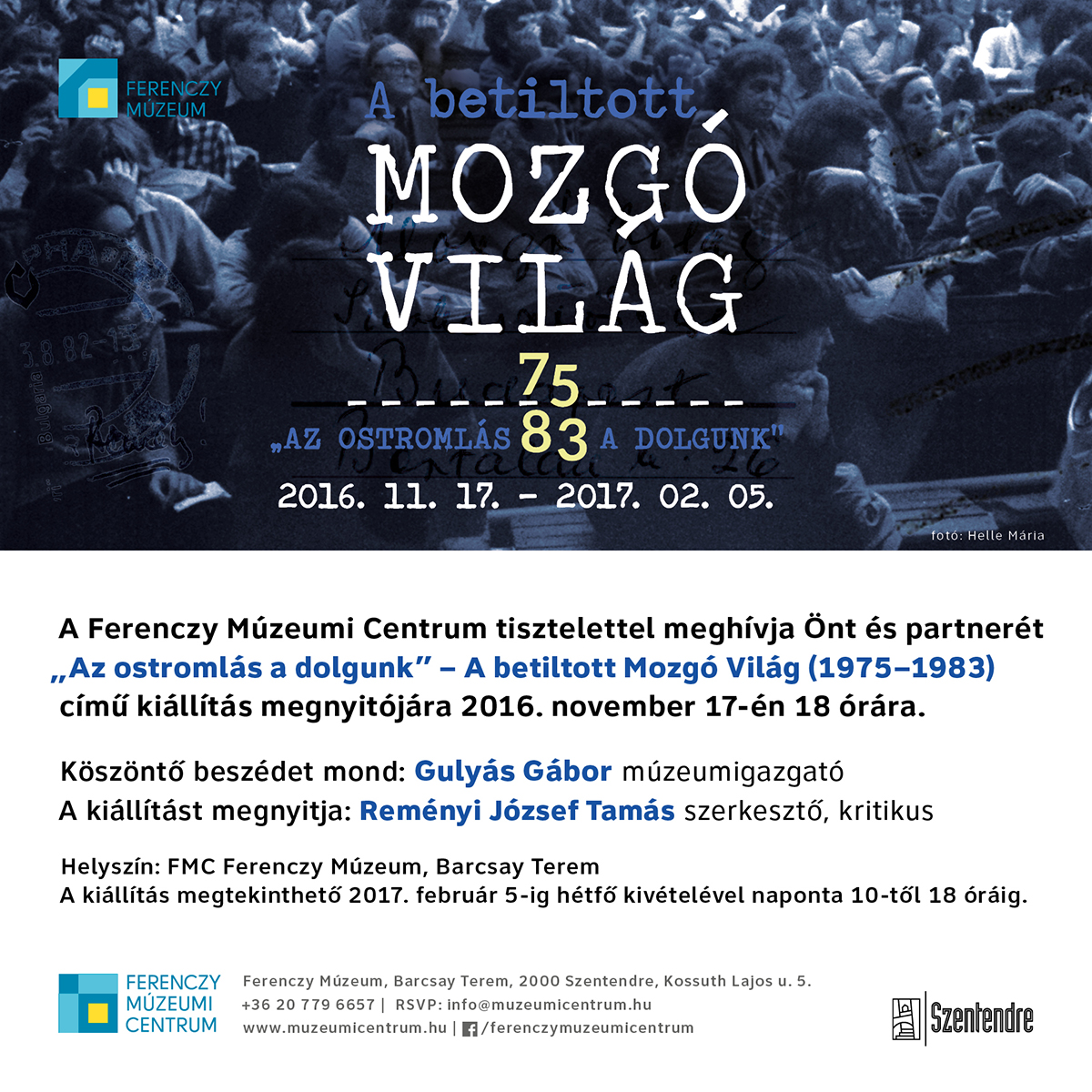

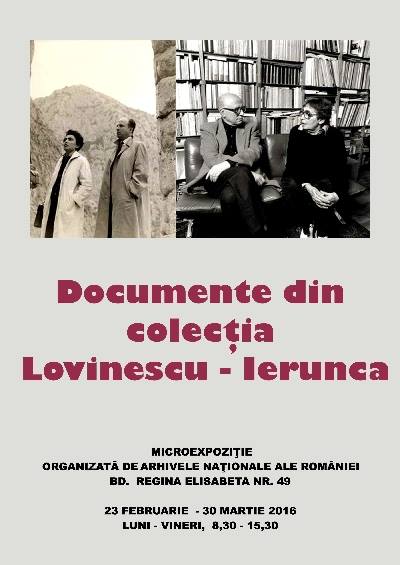

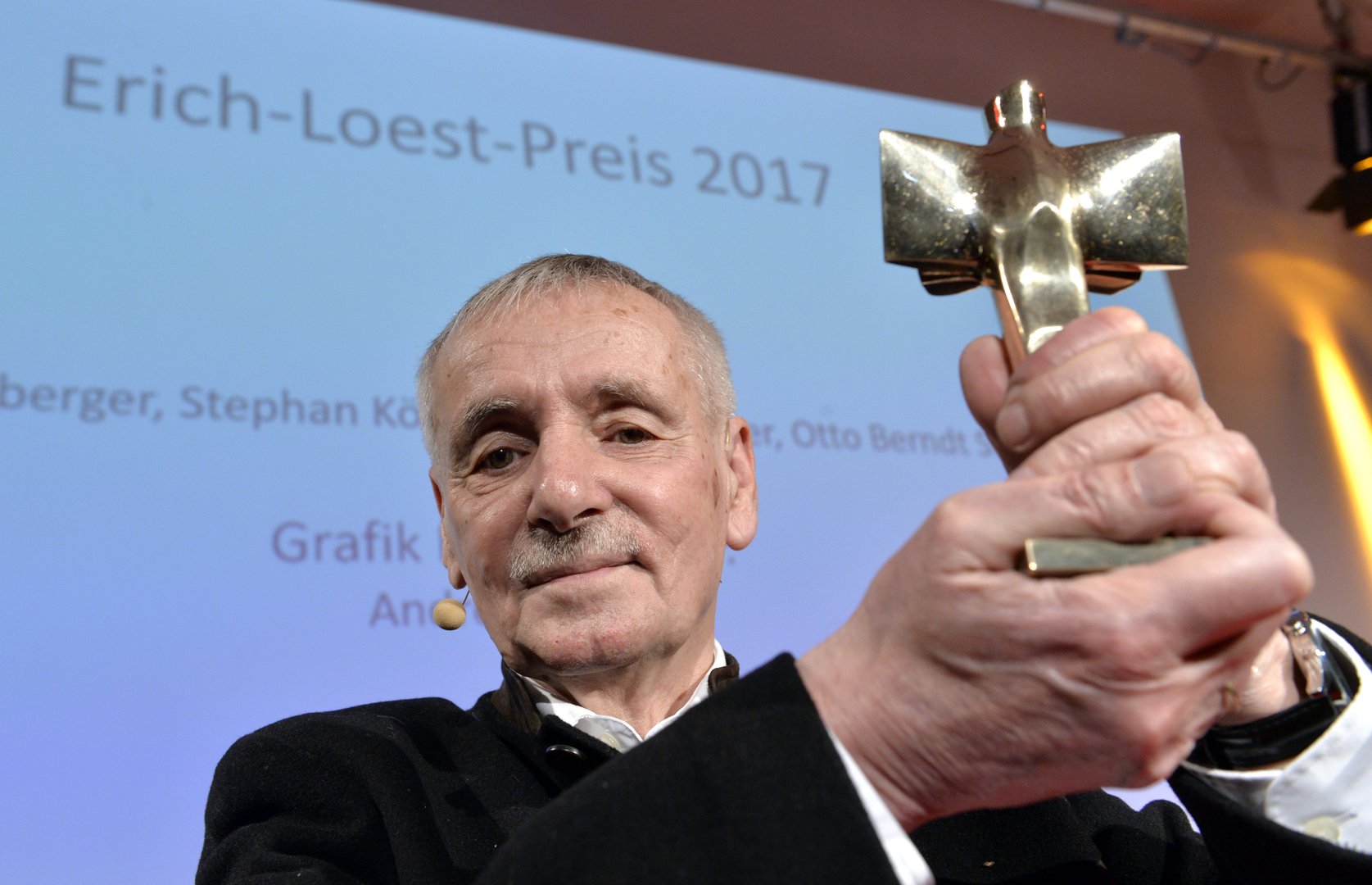

![Rock/Tér/Idő [Rock/Space/Time] exhibition at the Museum Ludwig Budapest](/courage/file/n104420/6b_S1010057_2.jpg)
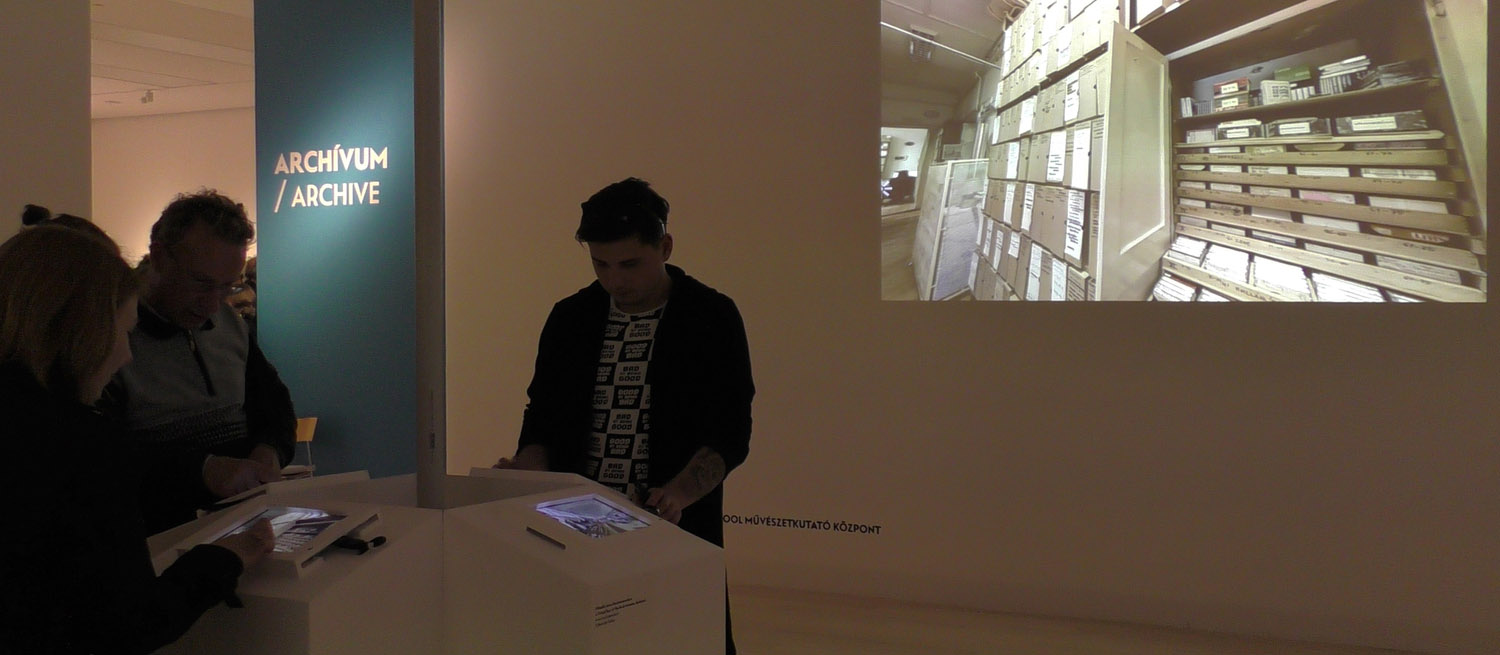
Since the Bizottság-exhibition (“Sírba visztek” – A Bizottság a Műcsarnokba megy, Műcsarnok, September 3– 13 November 2011), Artpool has lent materials on several occasions for shows on the underground cultural context. In recent years, international projects presented a selection of music posters from the Artpool collection. An important occasion was the Rock/Tér/Idő [Rock/Space/Time] exhibition at the Museum Ludwig Budapest in 2015.
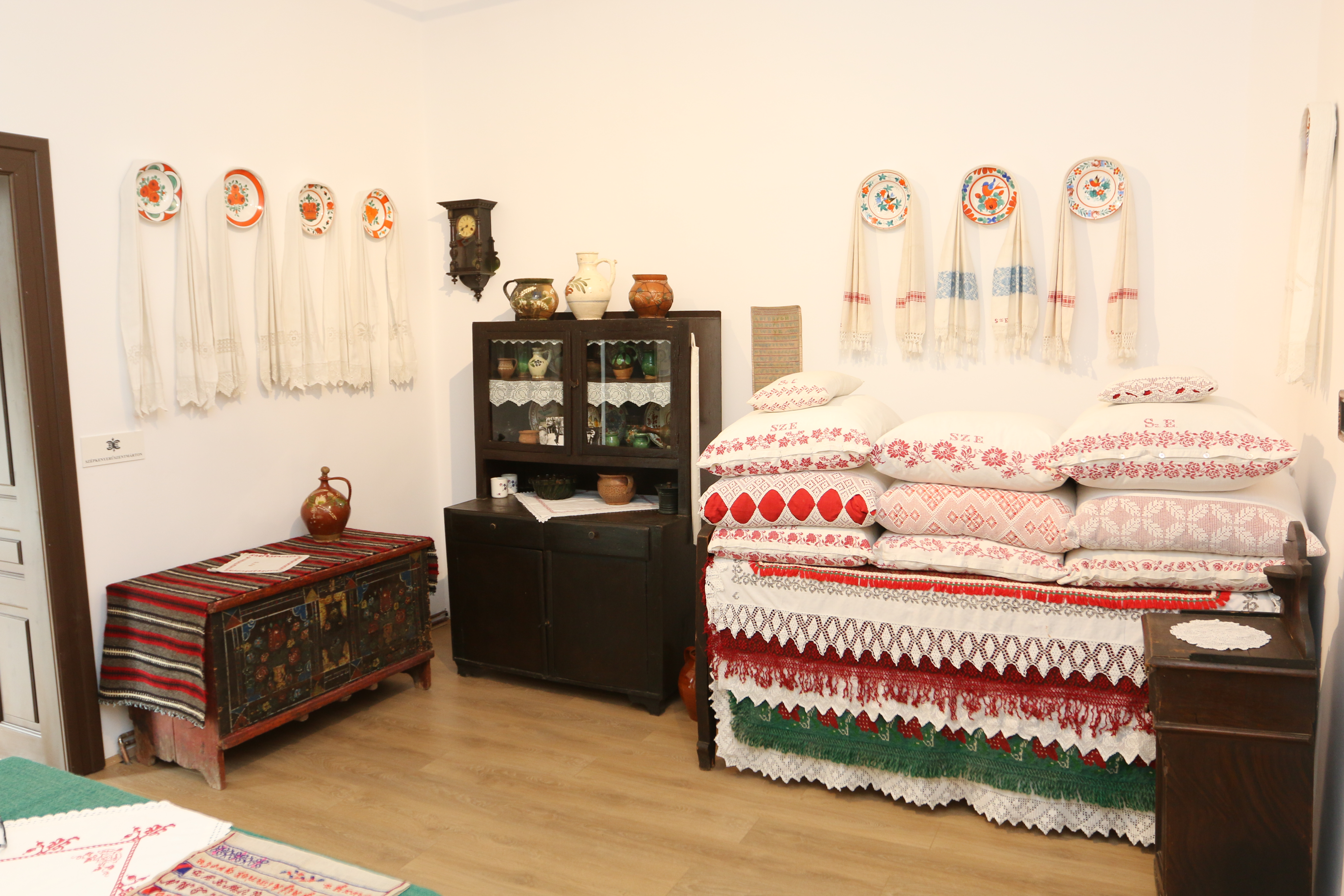

The main actor in this event is Ildikó Kiss a retired teacher, who comes from Sânmărtin, Cluj county. She used to be a primary-school teacher in the villages of the Transylvanian Plain, and this is how she met Zoltán Kallós and later – as diaspora education is also provided –, she became a frequent guest at the Foundation as well. She proved to be a skilled and active person who had a fondness for singing and dancing and shared an interest in the same activities as those promoted by the Zoltán Kallós Foundation. Kiss sympathised with the Foundation and often visited the collection as well. In the summer of 2016 she brought up the idea of the donation. Her daughter lives in Toronto, Canada, so she spent most of her time there and in summer returned to her family home in Sânmărtin. She spent her time gardening but as time passed she found it more and more difficult to do this work around the house, so and she decided to settle down in Canada for good. For this reason she had to sell the house. Since she could not take her possessions with her and refused to let them go to waste, she entrusted to the Foundation the first room in the house, traditionally called in the peasant culture the “clean room” – the room that nobody uses, but that preserves the most precious belongings of the family. After inspecting the house and documenting it with photos, the Foundation staff expressed their desire to include her assets in the collection. They disinfected the objects and the donation became part of the collection.
The ”clean room” kept its original state, preserving all that is representative for the period of the 1960s. This room contained the more important inherited objects holding both material and emotional value. The age of the items varies: some of them date back to the nineteenth century. At the same time there is a wide range of objects, each having its own story attached to it. The majority of the textiles were manufactured by the donor’s mother; these have visible dates on them, spanning from 1920 to 1935. However, there are also textiles woven by the maker of the donation herself. There are pieces of furniture that were produced by her father, and some were made as part of her dowry. The nightstand received as a gift from the manor – an item not typically found in a peasant clean room – counts as a curiosity. An ornate bed does not usually require a nightstand. It turned out that the family received a bed and a nightstand from the landlord in exchange for their work. As they were valuable, attractive,and representative, they found a place in the clean room, too. Beside the different wall-hangings, decorative wall plates, and pear-shaped jugs, mention must be made of the photos, which cover a large time span as well. There are drawings showing the great-grandparents as well as plenty of photos alluding to the donor’s childhood, all linked to the clean room. A great part of these became the property of the foundation as well. The museum personnel gathered and duly registered all materials pertaining to the history of the objects displayed in the clean room from Sânmărtin. By creating the exhibition room known as the “clean room” from Sânmărtin, housed in the extended museum building inaugurated in June, 2017, the Zoltán Kallós Ethnographic Collection has fulfilled the donor’s wish and enabled authentic display.
The volume Rock sub seceră și ciocan (Rock under the hammer and sickle), which came out in a first edition in 2016 and was republished in 2017, is the first part of an ample project of mapping the rock music movement in Romanian. As the author himself presents it, Nelu Stratone’s book is an invitation to go on “a journey in time, in search of the roots of the rock spirit in Romania, in which freedom was countless times suppressed or censored in the face of a merciless authoritarian regime, but triumphed through strength and creativity, laying the foundations for one or more generations of people who have made their mark on our culture and our collective memory.” The volume is indeed valuable also because the story of rock in Romania is intimately interwoven with the author’s own story: he confesses that he was impelled to write the book because “I have accumulated quite a rich experience, so I have decided to share with others something of my knowledge.” The period covered in this first volume is the last three decades of Romanian communism, from 1960 to its collapse in 1989. The main chapters of the book are entitled: “Rock and Roll, comrades!” which describes the penetration of rock music into the Romanian space in the period 1960–1971, “The personality cult and rock music,” which follows the evolution of this music after the delivery of the famous anti-Western Theses of July 1971, “The underground movement,” which shows how indigenous Romanian rock flourished after 1977 in spite of the restrictions imposed by the regime, and “The situation as a paraphrase,” which covers the last period of communism in Romania, from 1985 until the Revolution of 1989, during which the song whose verses are quoted in the epilogue was composed: “Azi în Timișoara, mâine-n toată țara” (Today in Timişoara, tomorrow in all the land). Numbering over 470 pages, the book is the most significant and rigorously documented synthetic study of Romanian rock music in the communist period. On top of that, the magazine Dilema Veche included it in their list of the most important books published in Romania in 2016.
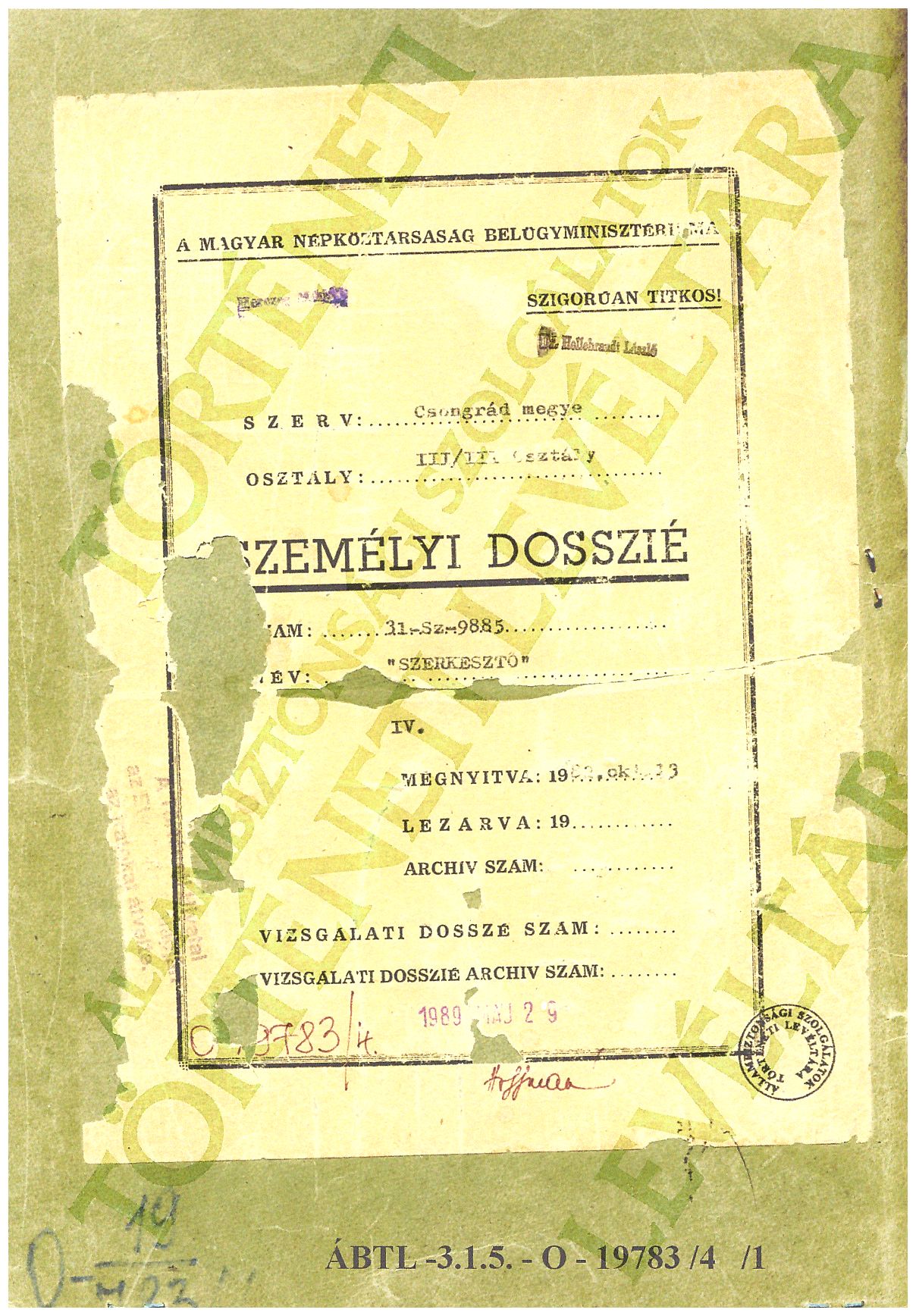

 Editors and authors of the journal "Mozgó Világ" donate their secret police files to Ferenczy Museum
Editors and authors of the journal "Mozgó Világ" donate their secret police files to Ferenczy Museum
The editors and authors of “World in Move” received their secret police files from the Hungarian State Security Archives (ÁBTL) per their official requests submitted after the change of the political system, and in 2016 they displayed some of them for the exhibition of the Ferenczy Museum in Szentendre. The late revelation of the one-time secret agent reports shocked the Hungarian intellectual circles. The most scandalous case, provoking a passionate public debate on pages of the literary weekly Élet és Irodalom (Life and Literature) in 1999, was that of the late unmasking of an agent with the pseudonym ‘Hajdú.’ He was in fact Sándor Tar, a reputable prose writer, who had been writing secret reports extensively for years on his best friends and colleagues, among them György Berkovits, an editor of “World in Move” responsible for the sociological publications.
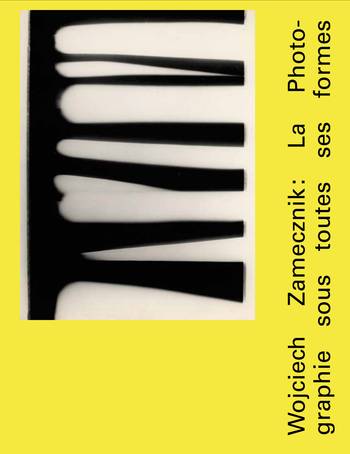

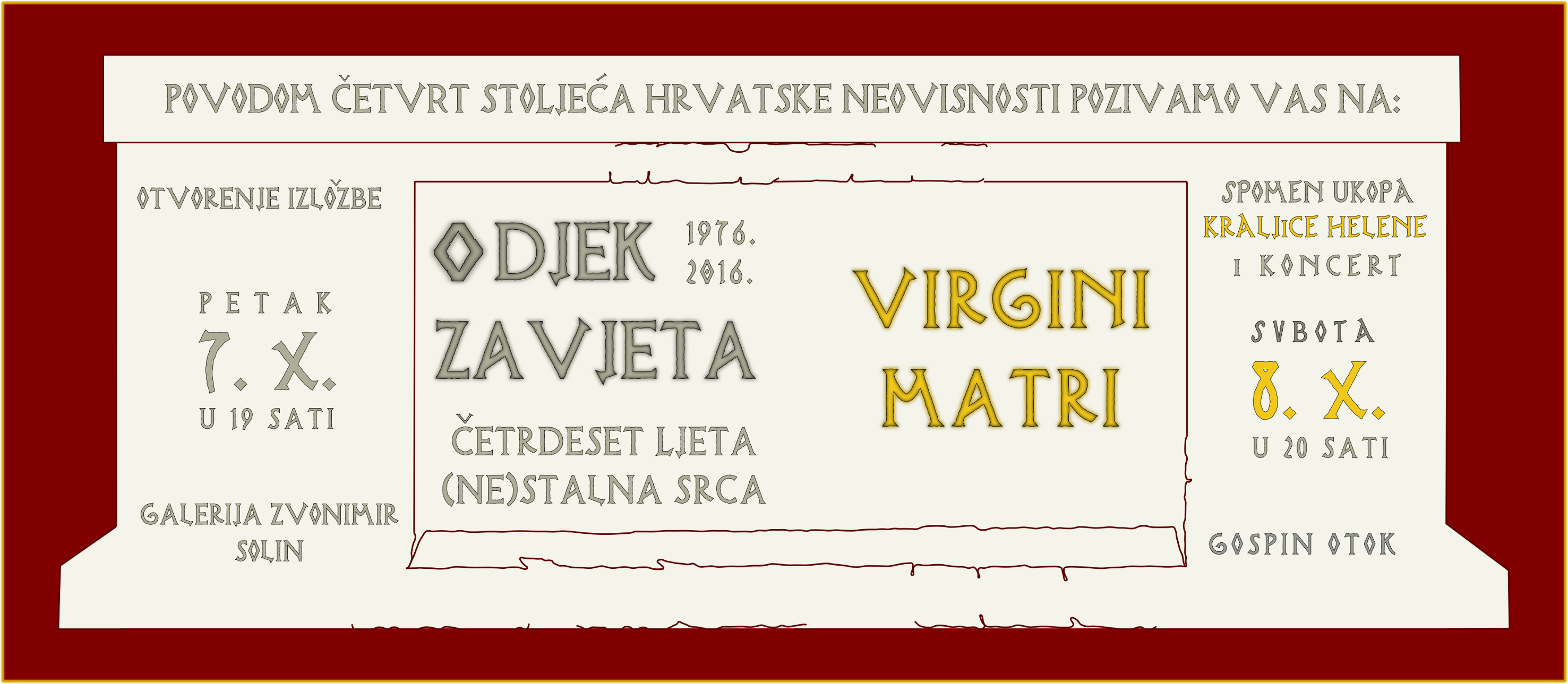


The exhibition was organized to coincide with the celebration of 25 years of Croatian independence, when various celebrations marked of the Great Jubilee on 12 September 1976, as well as the 1,040th anniversary of the royal burial of Queen Helen in the oldest shrine at Our Lady's Isle (October 8, 976). The exhibition of photographs of the Great Jubilee, the burial of Queen Helena and the concert of the Marian compositions symbolically launched the activities to promote the importance of early Croatian localities, "The Valley of Croatian Kings": Rižinica - remains of the oldest Benedictine monastery in Croatia, Our Lady's Isle with the oldest Marian shrine among the Croats and the mausoleum of Croatian kings and the Hollow Church - the Church of St. Peter and Moses, the coronation basilica of King Dimitar Zvonimir. The exhibition was opened on 7 October 2016.
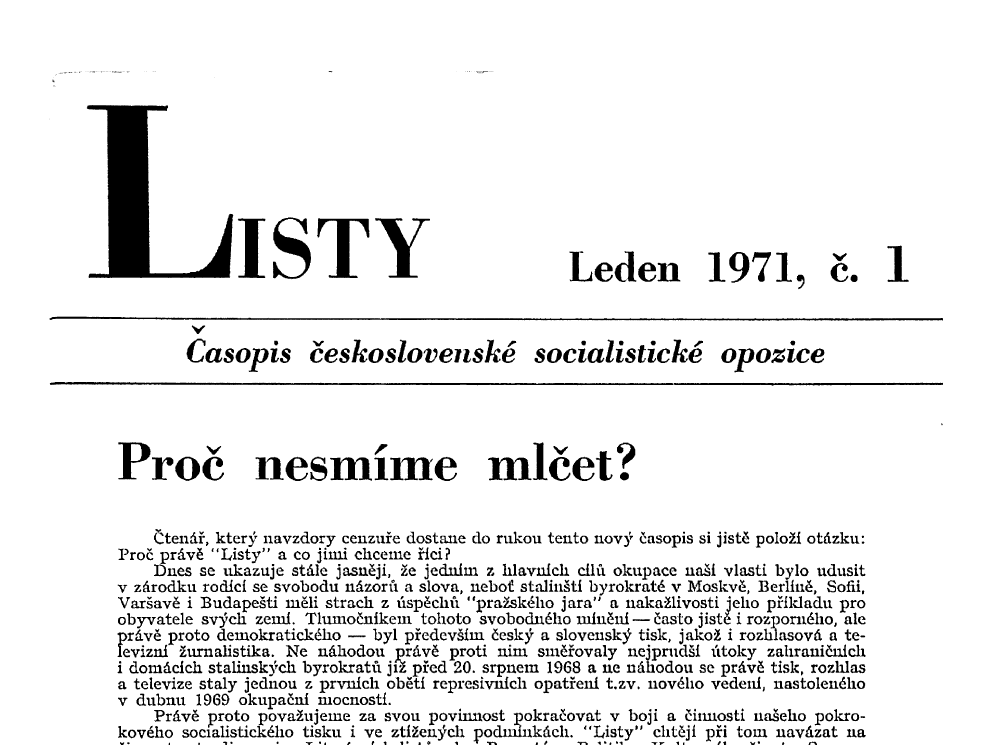

In 2016, Miroslav Svoboda obtained from Dušan Havlíček a complete collection of the Czechoslovak exile magazine “Listy”, which was published in Rome. The collection was privately owned by Dušan Havlíček, who decided to make it accessible only to scriptum.cz. It is a unique collection of the magazine, to the present day (after 1991 it was published in Prague, in 2003 the magazine was moved to Olomouc, where it was published by Burian and Tichak).
The Scriptum website is unique in that the collection of “Listy” writings had not been accessible at all, and cannot be found anywhere else in one place.
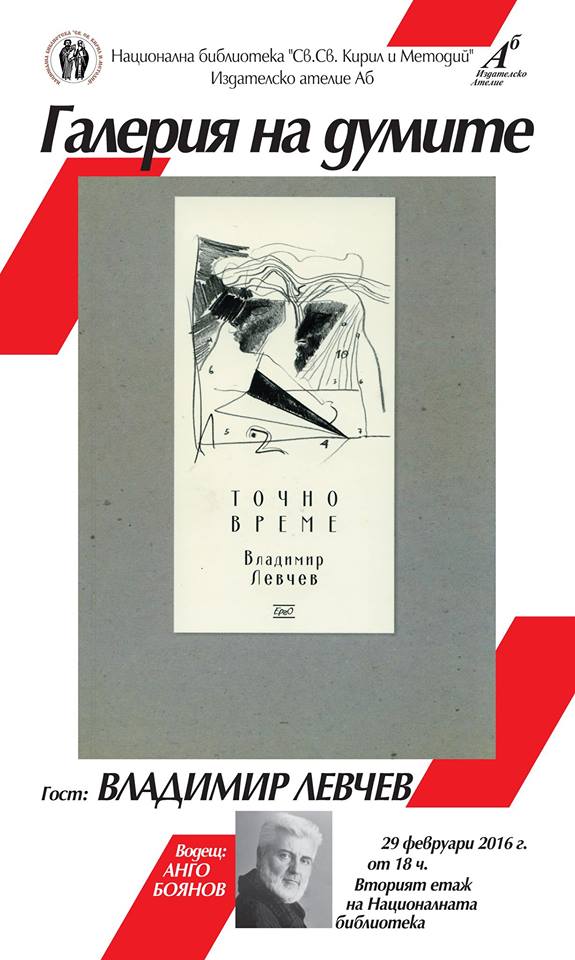

As part of a joint project between the National Library and the Atelier Ab Publishing House in January 2016, a series of creative meetings called "Gallery of Words" was held at the National Library. Poets and writers, artists and musicians, publishers and philosophers present their work. Among them were the former dissidents, poets and writers Vladimir Levchev and Edvin Sugarev, both of them publisher of samizdat magazines from the late 1980s, whose publications are included in the Forbidden Newspaper collection. A major part of the debate was devoted to the time of state socialism and the forms of resistance.
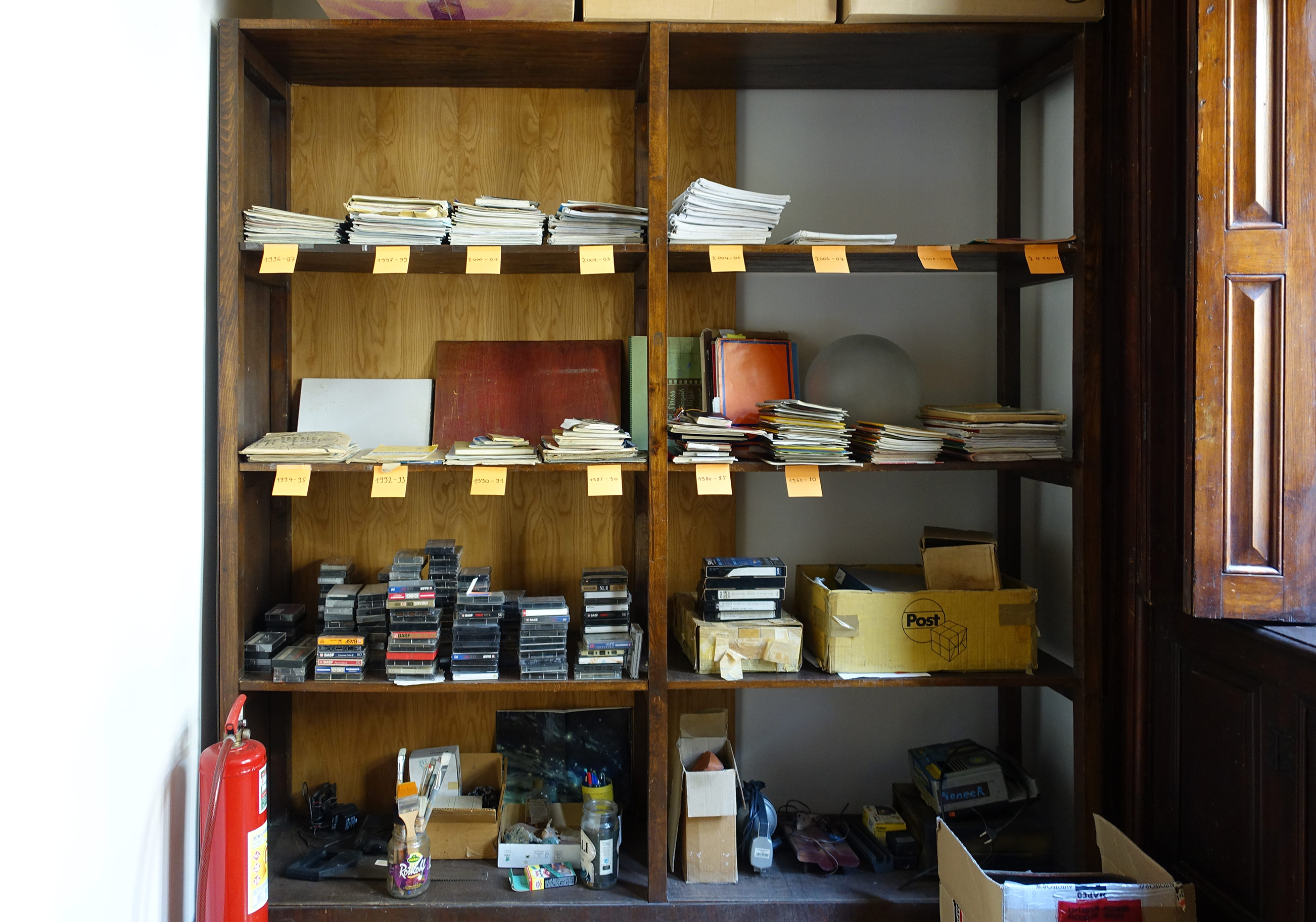

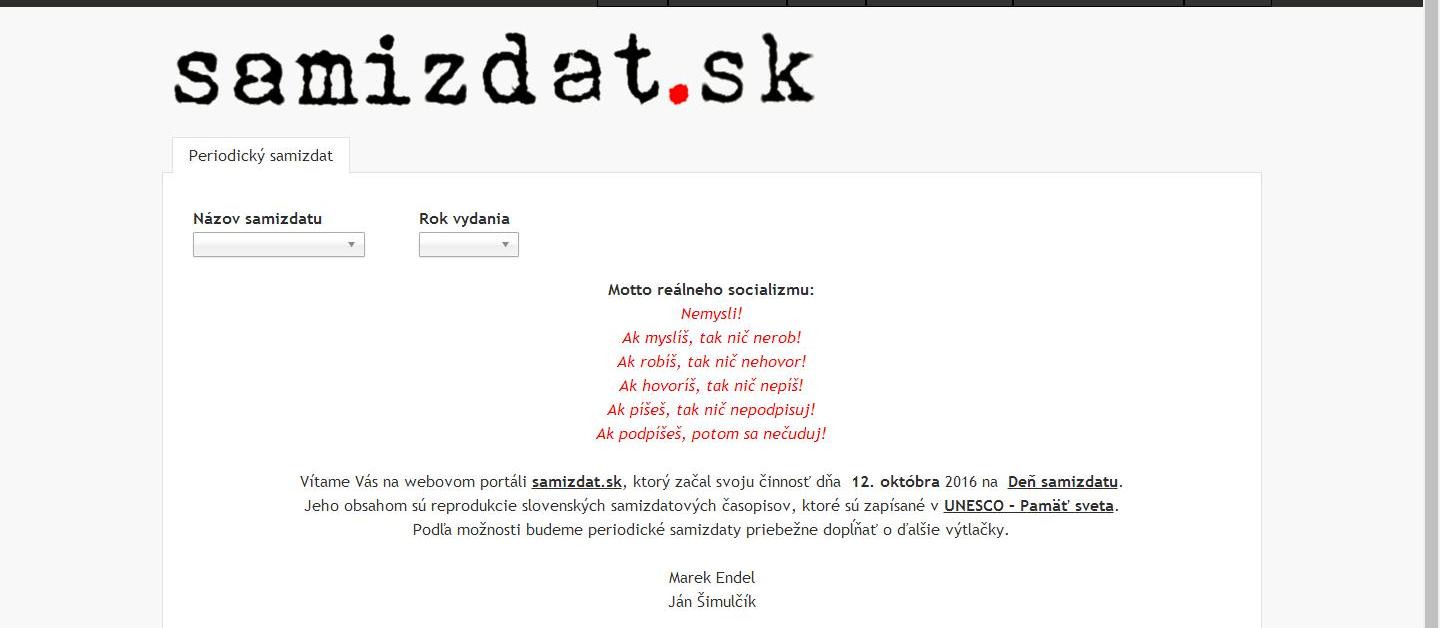

 Publication: Jernej Vrtovec. The role of Archbishop Šuštar in the process of Slovenia's independence, in Slovenian, 2016. Book
Publication: Jernej Vrtovec. The role of Archbishop Šuštar in the process of Slovenia's independence, in Slovenian, 2016. Book
The book provides easy access to the archival materials preserved in Alojzij Šuštar Collection, which are otherwise accessible only to a limited degree. It documents the struggle of Archbishop Šuštar to force the communist government to grant basic freedoms to Catholics, such as the right not to work on Christmas. It follows his activities in the process of Slovenia becoming an independent state. Therefore, the book is an unavoidable source for studying more recent Slovenian history.
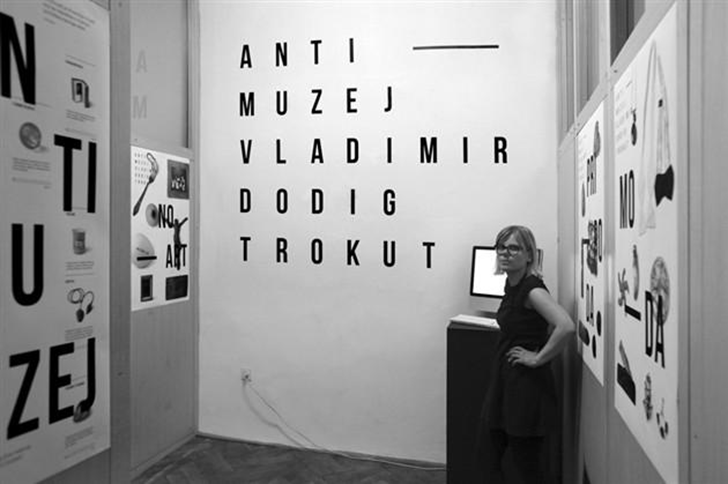

The project ˝Web archive Anti-museum VD Trokuts˝ was the undergraduate thesis of Sanja Kuzmanović submitted for her degree in design from the Faculty of Architecture. Her supervisor was Ivan Doroghy. Darko Schneider, the director of the Anti-museum and general director of the Vladimir Dodig Trokut Anti-museum Foundation chose one hundred characteristic works for the web-archive.
The collection is divided into several sections: The No Art Collections, Ethnomythology, Design and Tourism, Through Everyday Life, Eroticism, Subject Nature, Games, and Toys. The project was attended by Branka Prša and Pavel Posavec.
The provisional selection of one hundred works will be supplemented over time, because it is a museum in the making. In time, a complete chronology of the Anti-Museum’s activities from 1968 to today will be added, with all actions, performances, video films, agitation, proclamations, elaborations, lectures, and seminars, including the wundercammere workshops.
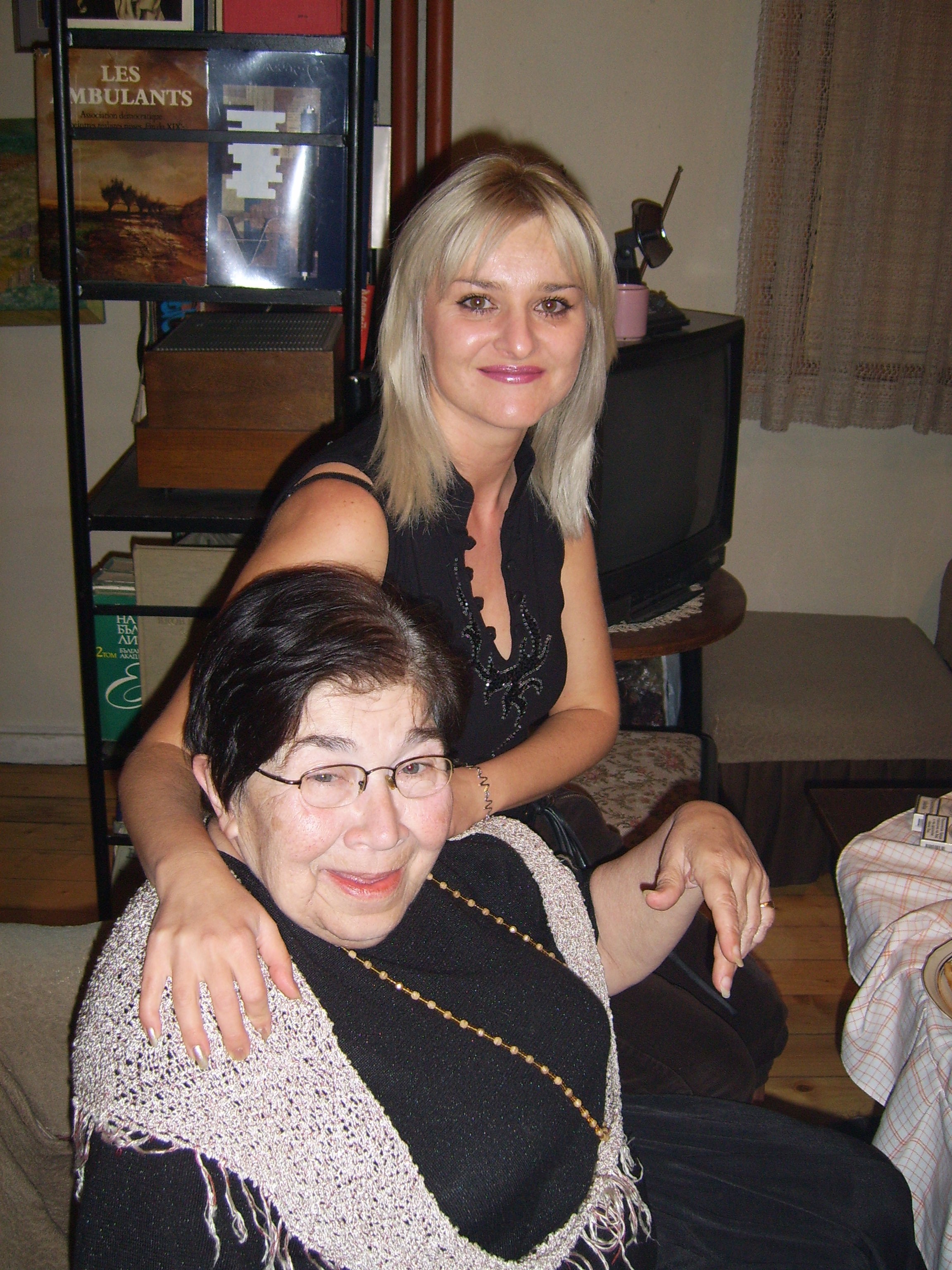

The private collection, established in 2016, presents the life and work of Sevdalina Panayotova. It shows this literature teacher, theater director, public figure, and citizen daily and consistent opposition to the hypocrisy of the structures of state socialism and against the status quo. Sevdalina Panayotova, a teacher and cultural activist, was neither a well-known writer, director, nor a popular dissident, but her whole life and creativity was a rebellion against the attempt of the socialist state to impose narrow standards and norms on everyday life and thinking, a rebellion against pseudo-morals and pseudo-arts, against the principles of socialist realism in literature and theatrical art.The collection of books, scripts, photos from theatrical productions, interviews given by Sevdalina Panayotova and interviews with her, published articles, among others, shows an "ordinary" life of civil and cultural opposition. Sevdalina Panayotova pursued opposition through critical themes in literature and theater as well as through the use of innovative means of expression by resisting against imposed artistic forms. The collection highlights individual estrangement from the socialist state, the dynamics of criticism, and the risks criticism entailed for "ordinary" people. The collection shows the attempt of a "life of truth" and of repeated defiance borne out of a strong moral stance. It is also a good example of a small family collection that maintains personal memories without having a grand political agenda.
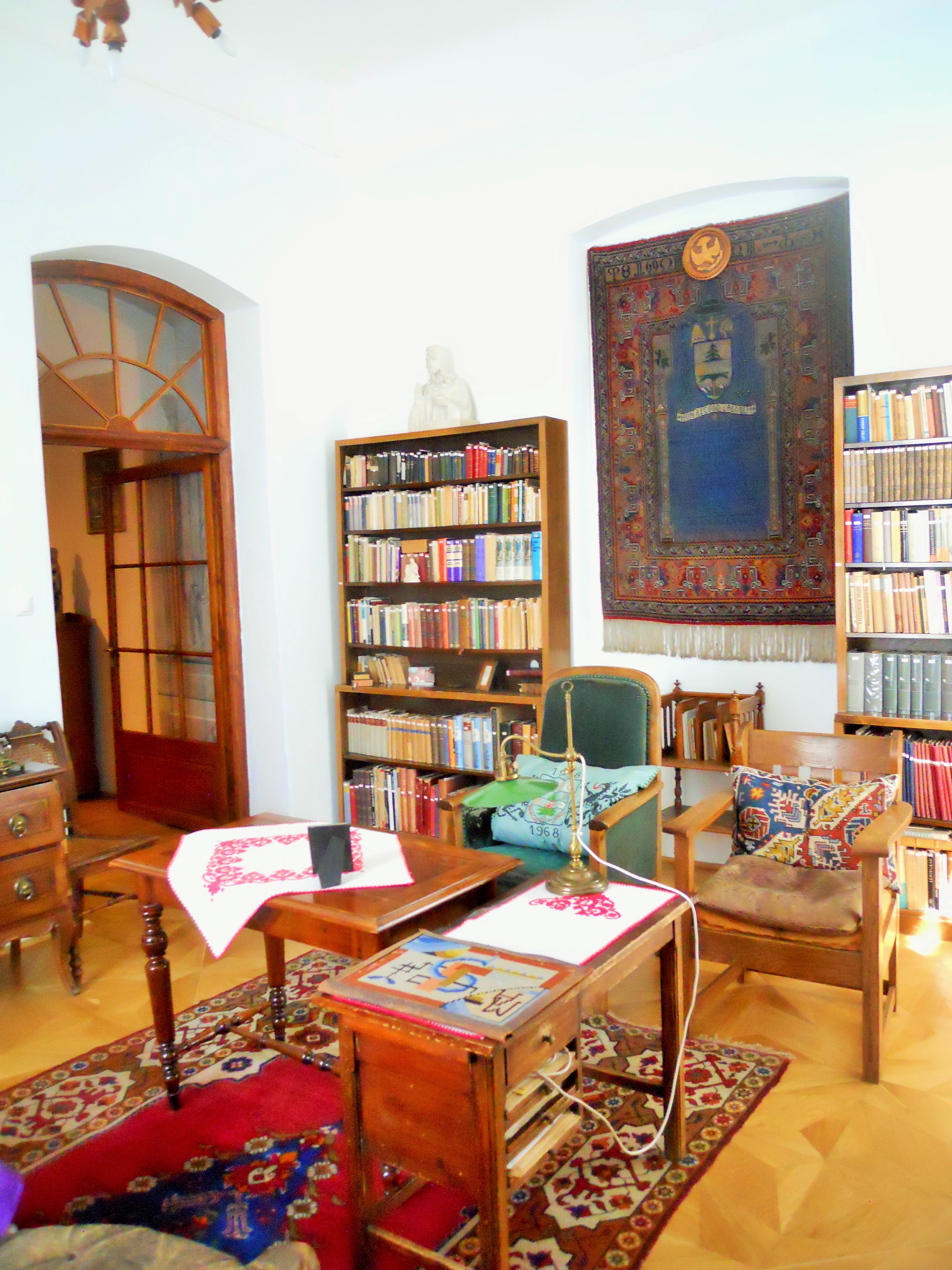

 Márton, Áron. 2016. Egyház – Állam (Church – State). Drawn-up and notes added by József Marton. Csíkszereda: Pro-Print Könyvkiadó
Márton, Áron. 2016. Egyház – Állam (Church – State). Drawn-up and notes added by József Marton. Csíkszereda: Pro-Print Könyvkiadó
The thirteenth volume of the series entitled Áron Márton’s Legacy comprises those of the bishop’s writings that had been addressed to the state authorities. As a bishop, Áron Márton represented the diocese of Alba Iulia for forty-two years and on occasion the other Transylvanian Roman Catholic dioceses as well. His episcopate was not free of cares; following the years of royal dictatorship, he remained in Southern Transylvania after the Second Vienna Award to offer hope for his congregation members, who held a minority status. Then, following the Second World War, the much-awaited peace failed to arrive and the religion-persecuting dictatorship inherent in the Romanian version of Soviet power came instead. Throughout these years, the supreme power in Bucharest proved helpful or tolerant for only very short periods as there was a twofold pressure on the Hungarian Roman Catholic congregation members, clergy, and bishop, as a minority both through confessional otherness and through differences in mother tongue.
In the four years between 1948 and 1951, besides the nationalisation of ecclesiastical schools, the conversion of Greek Catholics to Orthodoxy by force, and the abolition of monastic orders, priests and monks had to face imprisonment, forced labour, and persecution. After Áron Márton’s release in 1955 he was the only active Roman Catholic bishop in Romania. He had to establish contact with both the local and central authorities, and, considering the correlation of forces, this relationship was a subordinating one and, consequently, marked by struggle and compromises. In this struggle the bishop had only two instruments to resort to: asking and protesting. Surrender was not possible as he had to undergo all the hardships for his priests and congregation. His letters are classic examples for minority leaders regarding the nature of their attitude toward the government. The letters in which he asked for something were written in such a manner that he never humiliated himself; at all times he maintained his human dignity and his episcopal stance and remained unbiased. The official letters published in the volume represent testimonies to the bishop’s straightforwardness, honesty, sense of responsibility, empathy, and regard towards the authorities. They speak about people who suffered, in whose interests he intervened before the local authorities or the Ministry of Religious Affairs and later before the competent authorities of the Office of Religious Affairs. He had to defend his congregation members against national oppression, rather than against purely religious offences. The letters arranged in chronological order according to the changes in history reflect the serious problems characteristic of the period and reveal the relationship between State and Church through time. The bishop’s official writings and letters published in the volume help readers to “get acquainted with and make out” the laws regulating the ecclesiastical life of the time, considering that their application produced mostly negative effects and led to restrictive consequences.
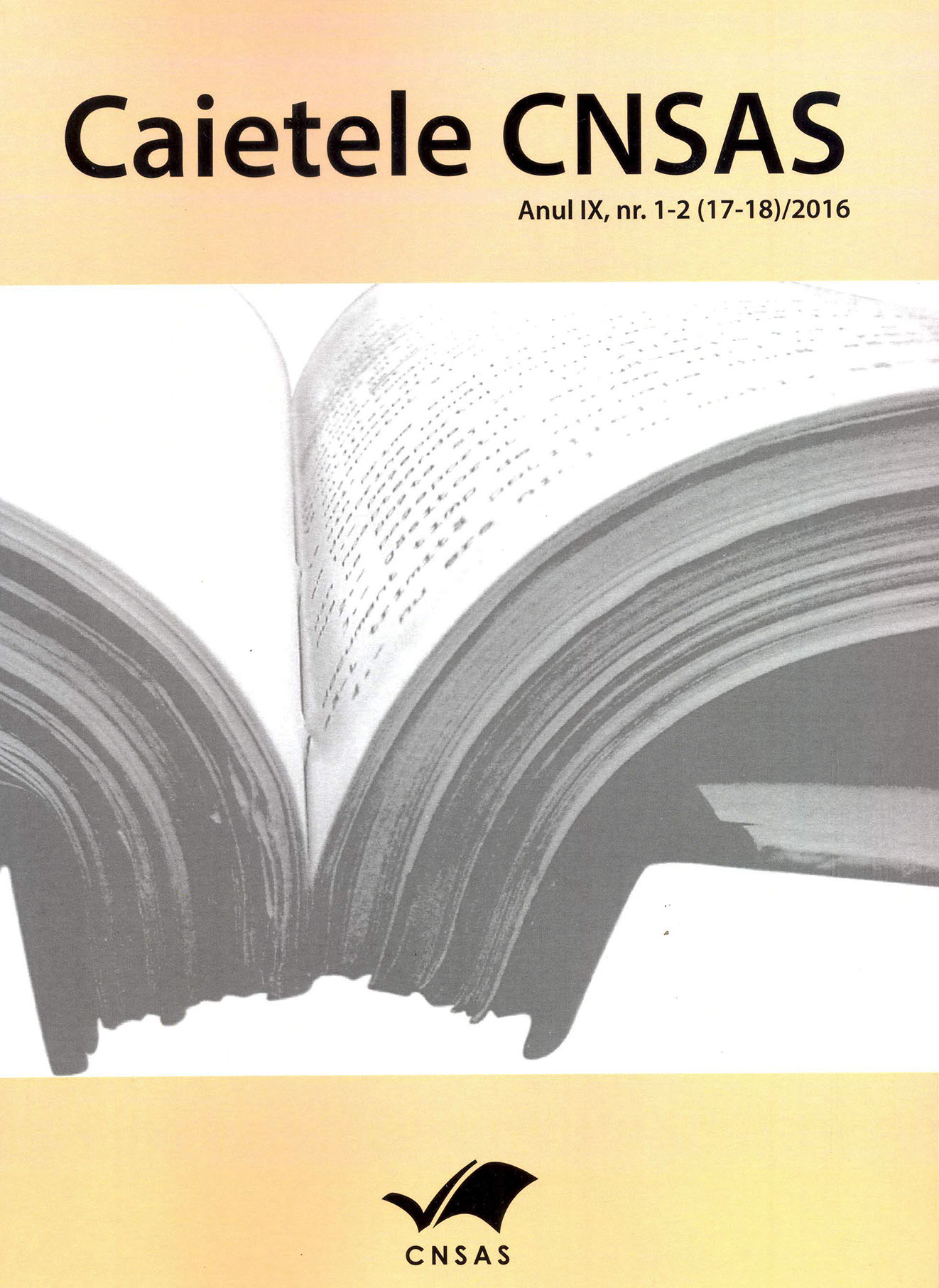

 Publication: CNSAS Notebooks 9, 1–2, special issue on religious denominations in communist Romania, in Romanian, 2016. Periodical
Publication: CNSAS Notebooks 9, 1–2, special issue on religious denominations in communist Romania, in Romanian, 2016. Periodical
This special issue of Caietele CNSAS (CNSAS Notebooks), the academic publication of The National Council for the Study of the Securitate Archives (CNSAS), the institution with custody of the Securitate archives. This special issue gathers contributions dealing mostly with the situation of various religious denominations in Romania under communism, especially the relationship between the state authorities and the denominations.
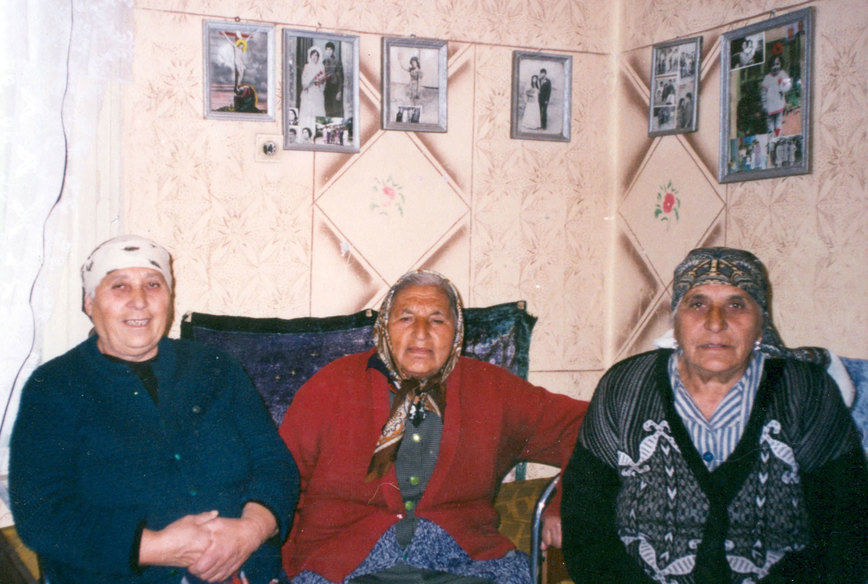

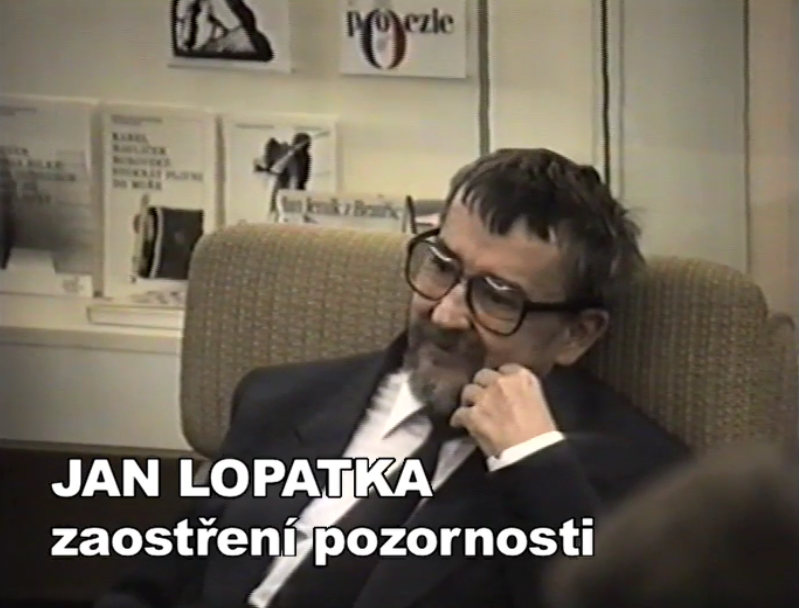
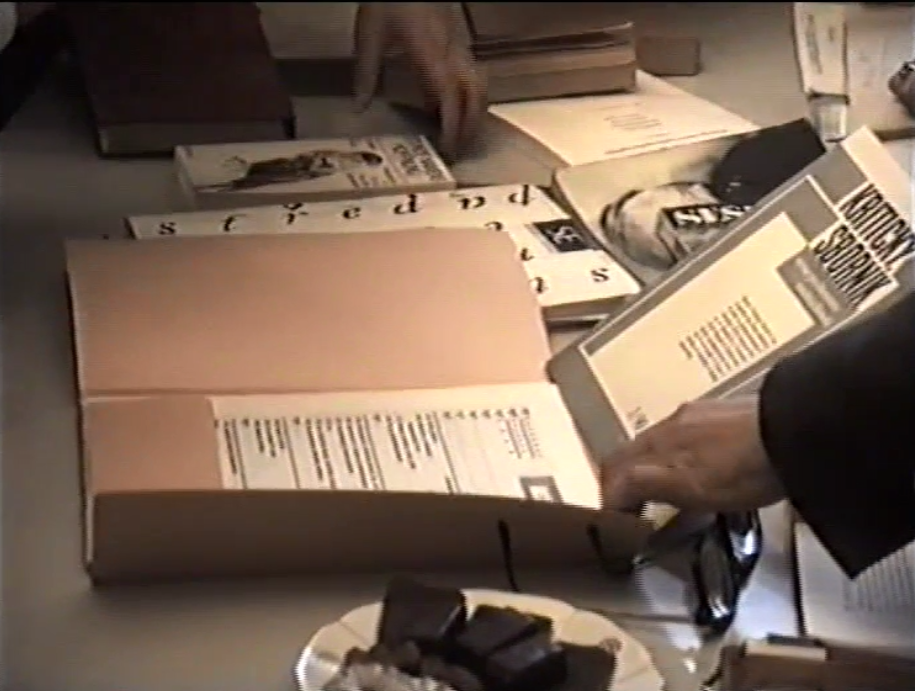


Jan Lopatka (1940–1993) was a Czech literary critic and historian, and signatory of Charter 77. To mark a symposium about his life and work, which was organised by the literary magazine Revolver Revue in June 2016 in Prague, a 17-minutes long time-lapse documentary called “Jan Lopatka: Zaostření pozornosti” (“Jan Lopatka: Focusing attention”), devoted to this important personality of Czech literary history, was created by Petr Kotyk and Bedřich Ludvík. In this film, edited by Bedřich Ludvík, recordings with Jan Lopatka made by Petr Kotyk in the 1990s as part of the Authentic project for the “Videotéka a fonotéka” (video and audio library) of the Literary Archive of the Museum of Czech Literature (LA PNP) were used. The film also covers Lopatka’s memories of the Czechoslovak samizdat magazine “Kritický sborník” (Critical Proceedings), which Lopatka edited during the second half of the 1980s, and his reflections on the meaning of the samizdat volumes.
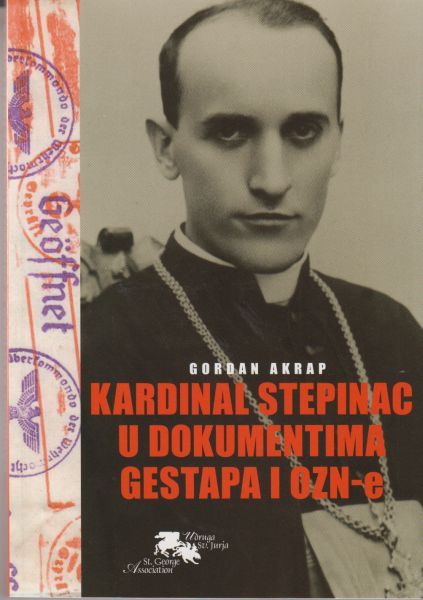

 Publication: Akrap, Gordan. Kardinal Stepinac u dokumentima Gestapo i OZN-e (Cardinal Stepinac in Gestapo and OZNA documents), 2016. Book
Publication: Akrap, Gordan. Kardinal Stepinac u dokumentima Gestapo i OZN-e (Cardinal Stepinac in Gestapo and OZNA documents), 2016. Book
In 2016, Gordan Akrap published a book entitled Kardinal Stepinac u dokumentima Gestapo i OZN-e (Cardinal Stepinac in Gestapo and OZNA documents). On the basis of documents from the archives of several institutions, including those from the Croatian State Security Service Collection on Religious Communities, Akrap shows how Cardinal Stepinac was presented in Yugoslavia and worldwide by the Gestapo and Yugoslavian security-intelligence services.
In 2016, the Madona Museum of Local History and Art mounted the exhibition ‘Archaeologist and Teacher Vladislavs Urtāns - 95’ about the life and contribution to local history of Vladislavs Urtāns. His son Professor Juris Urtāns participated in the memorial events.
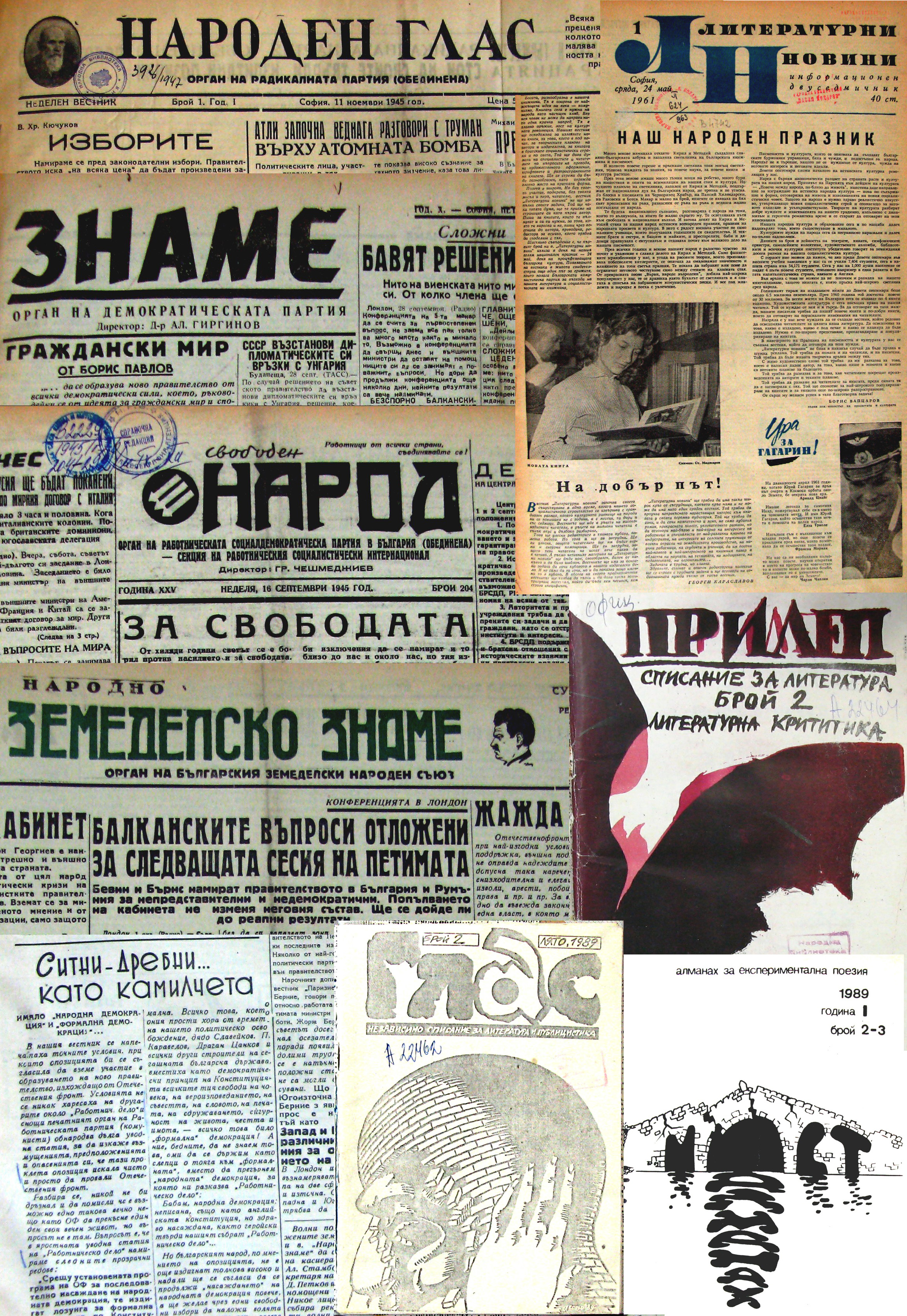

The collection "Only the Forbidden Newspapers Remain in History!" (Stefan Prodev) is one of the many collections of funds of the National Library "St. Cyril and St. Methodius "(NBCM), containing rich and diverse materials for and from the socialist period.
The newspapers and magazines presented in the collection show the possible forms of opposition by journalists and authors; the ways in which questions of freedom of the press were raised; the attempts to circumvent censorship and to rise critical issues on the regime; to develop new insights into artistic and genre diversity.
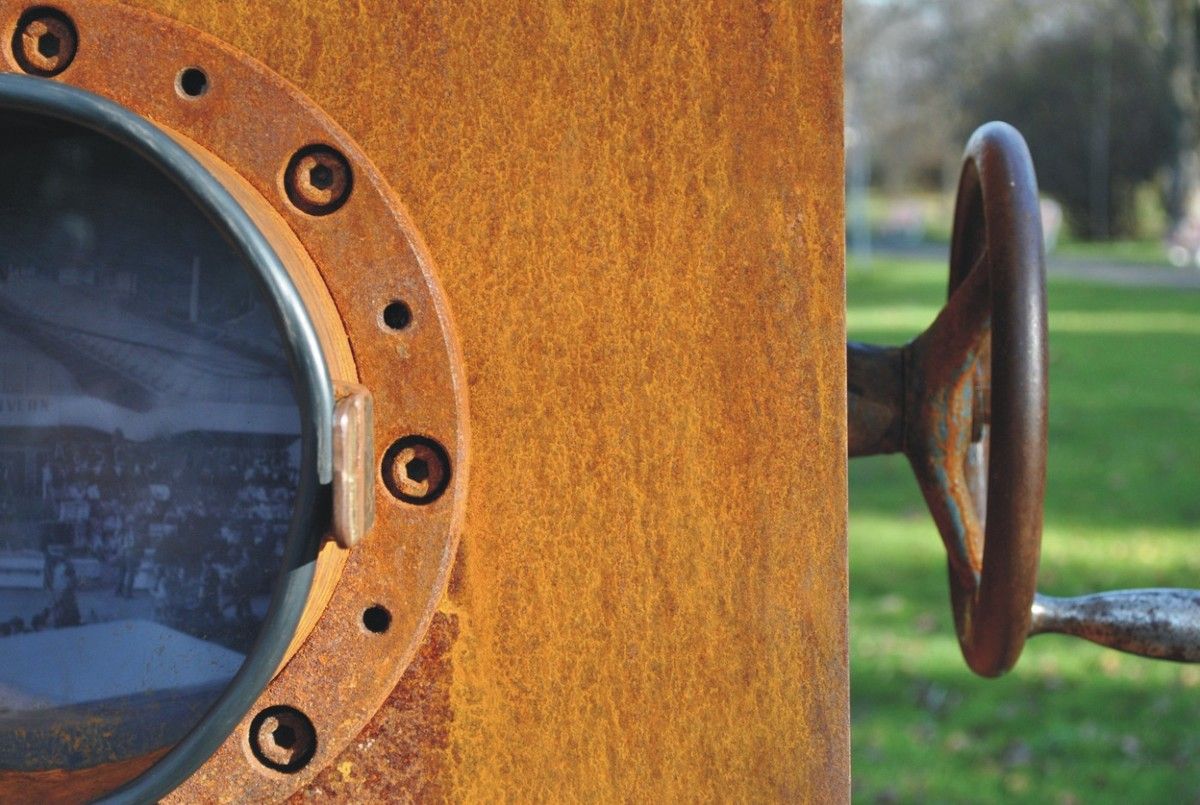

The exhibition, designed by Ovidiu Taloş, was opened in Braşov on 8 October 2016. The exhibits were structured in two sections. One brought together large-scale reproductions of about 500 photographs, which were exhibited in the open-air in the park of the Faculty of Forestry, a place well-known as a pedestrian area for locals. The second section consisted of copies of around 100 photographs and was put on display at the Romanian Order of Architects–Braşov, Covasna, and Harghita Branch (Ordinul Arhitecţilor din România–Filiala Teritorială Braşov, Covasna, Harghita; OAR–BV–CV–HR), in the city’s old town. The exhibited pictures come from private photograph collections and the archives of several institutions. The reproductions illustrated various topics, such as the evolution of some areas in the old town at the beginning of the twentieth century, school-related activities in Braşov, leisure time in Braşov and its surroundings, and the city’s expansion during the twentieth century. A part of the exhibits depicted daily life under communism, notably school and patriotic work, as well as building of the new districts during the communist regime. The exhibition was organised under the aegis of OAR–BV–CV–HR, it was financed by the Braşov Municipality in partnership with the local newspaper Karpatenrundschau, which also offered numerous official photographs to be displayed.
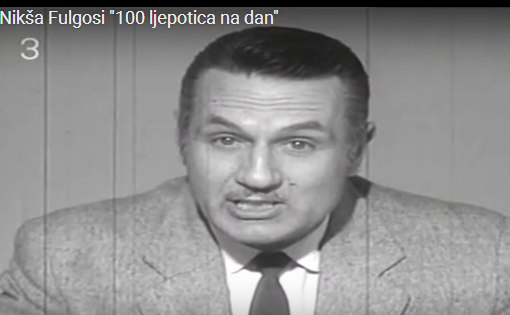


 Event (general): 60th Anniversary of the Croatian Television: Nikša Fulgosi, Author of the First Sex Series, 2016
Event (general): 60th Anniversary of the Croatian Television: Nikša Fulgosi, Author of the First Sex Series, 2016
As part of the celebration of the sixtieth anniversary of Croatian Television, HRT published a second amended and revised edition of the Lexicon of Radio and Television, and on its HRTi Multimedia Platform it marked the work and character of Nikša Fulgosi, the legendary screenwriter, editor and author of the first documentary television series on sex education Ljubavni jadi Pepeka Gumbasa i Marijete Buble [The Romantic Problems of Pepek Gumbas and Marijeta Buble]. The original series was only partially aired forty years ago.
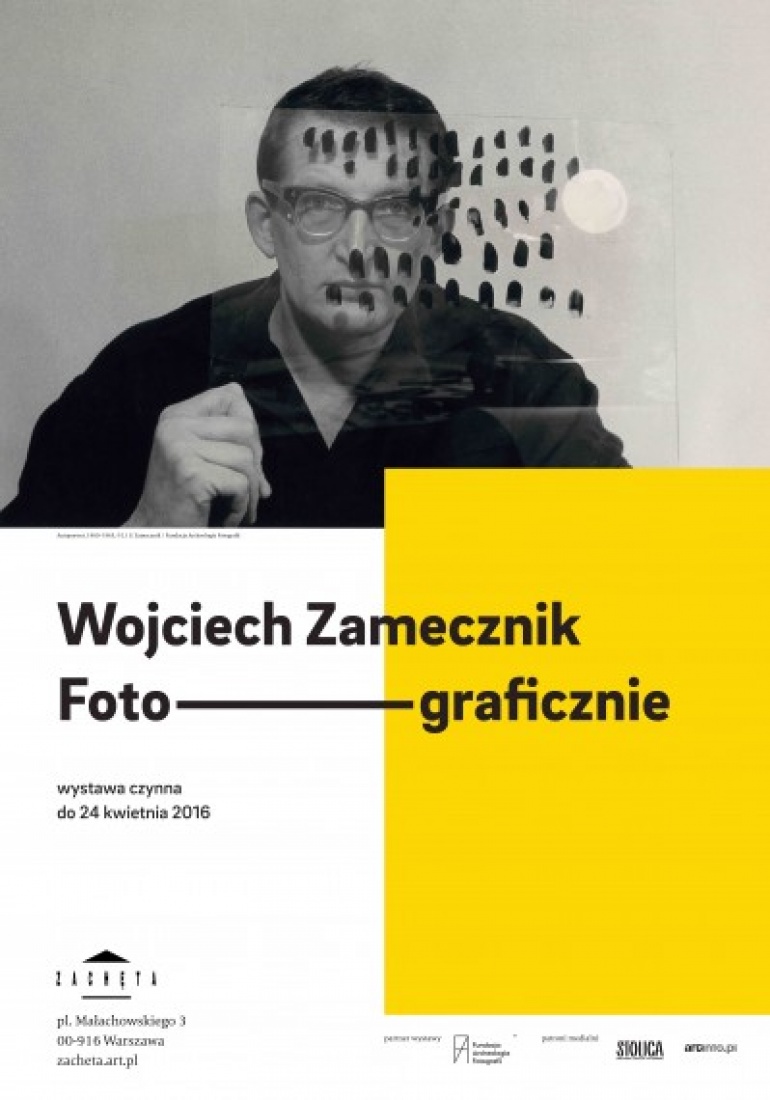

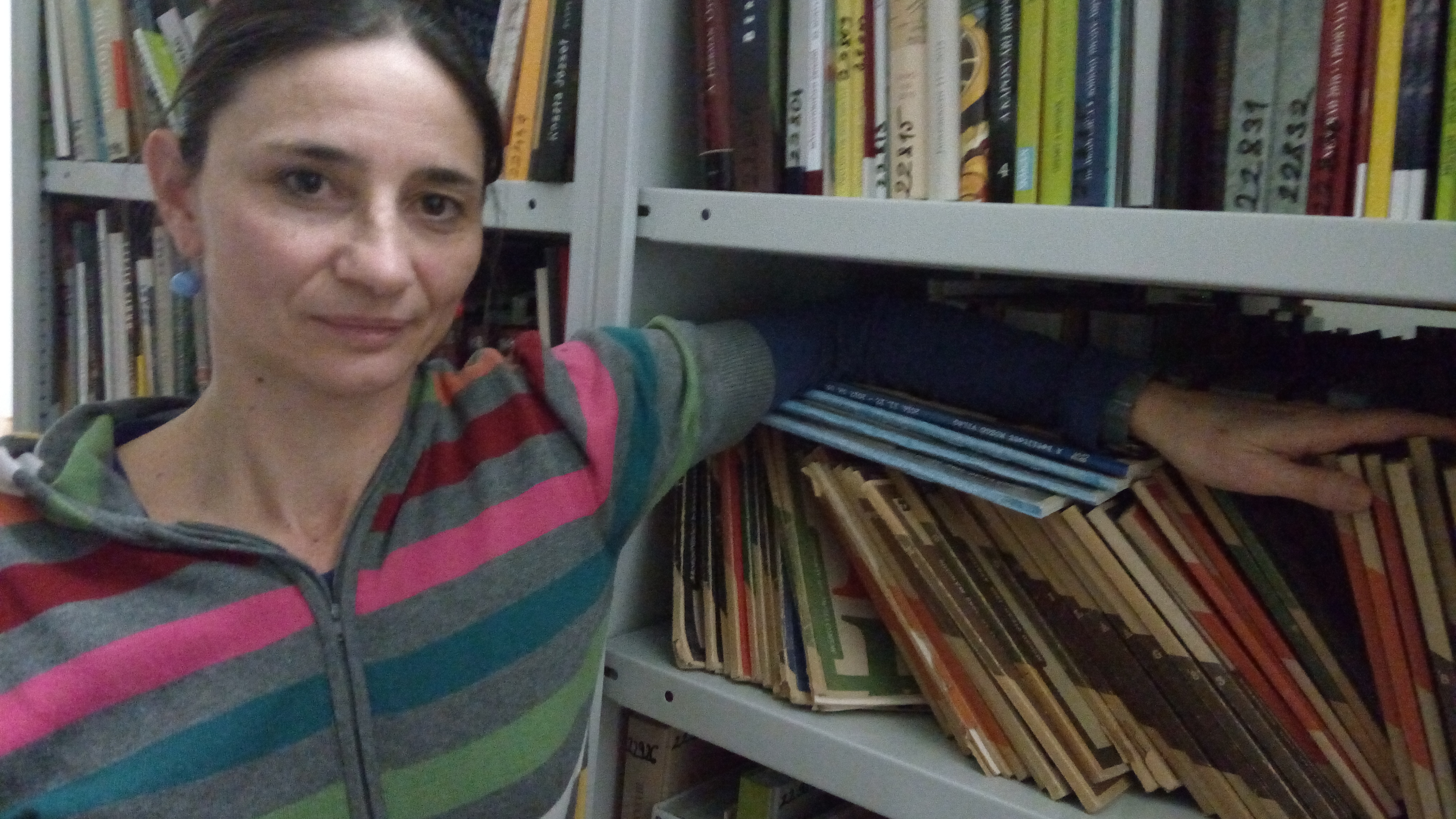

In 2016, curator Zsófia Szilágyi, as a part of the preparations for the exhibition opened later in that year, made twenty video interviews with the one-time authors, editors, as well as supporters of the prohibited journal “World in Move” (1975–1983) The collection, with the edited versions of the interviews, was displayed during the entirety of the exhibition (November 2016–February 2017), and is still available for research at the archive of the Ferenczy Museum in Szentendre. On the basis of the raw footage from the twenty individual video interviews, three thematic documentary films were edited: 1) Tiltakozz! Bojkottáld! Szólalj fel! (Protest! Boycott! Speak up!), 1 hour. 2) Klub - ankét - est - vita (Club meetings – evening talks – public debates), 1 hour, 7 mins. 3) A betiltott Mozgó Világ, 1975-1983 (The prohibited journal “Moving World,” 1975–1983), 1 hour, 40 mins. All three films are in Hungarian with no dubbing or subtitles, and can be seen at the Ferenczy Museum’s website: https://mozgovilagfmc.tumblr.com/
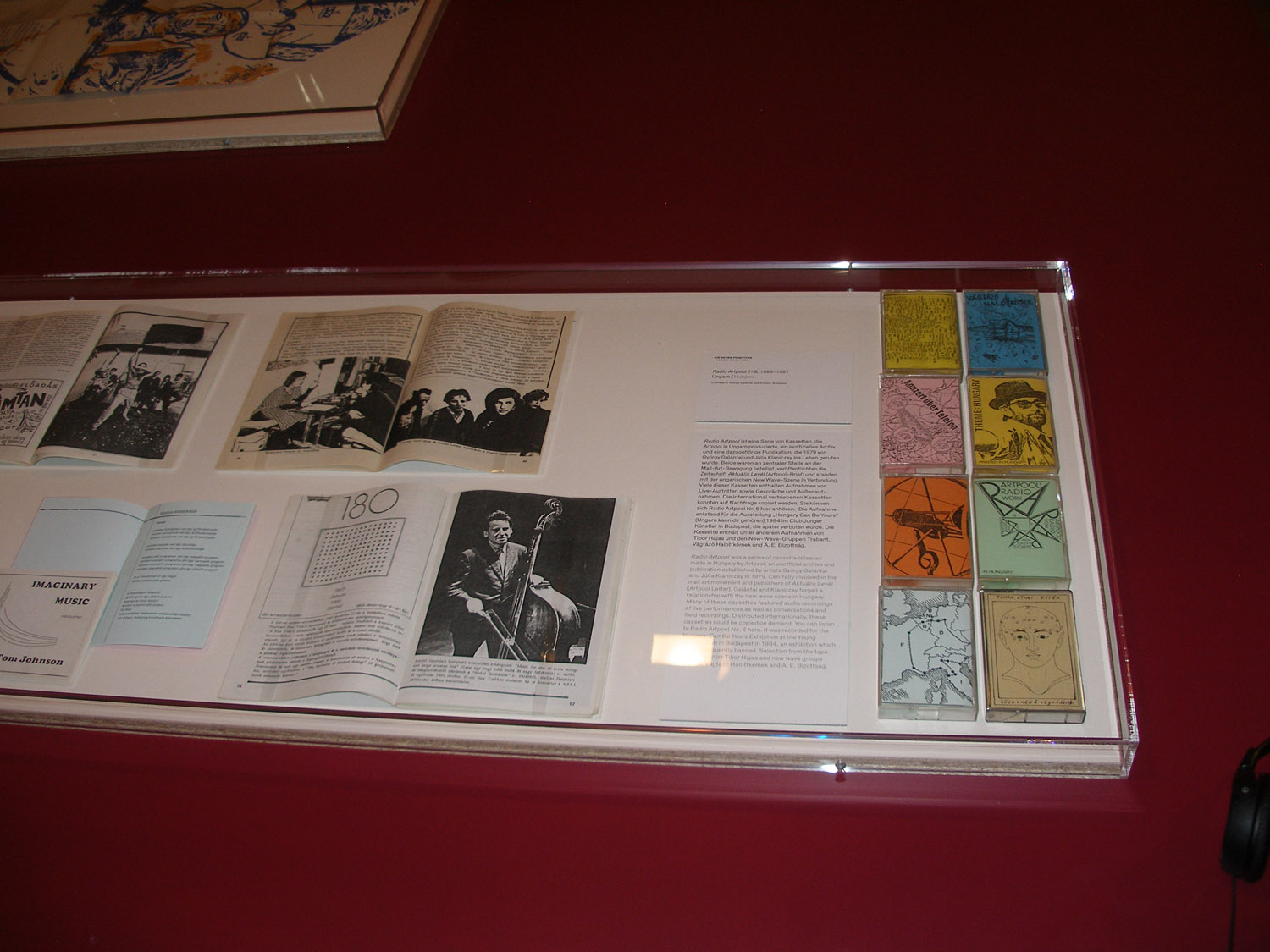





Of the events of the recent past, it is worth mentioning the Notes from the Underground exhibition held in 2016 at the Muzeum Sztuki Łódź and then reopened at the Akademie der Künste in Berlin in 2018, where tapes of the Artpool Radio could be heard.
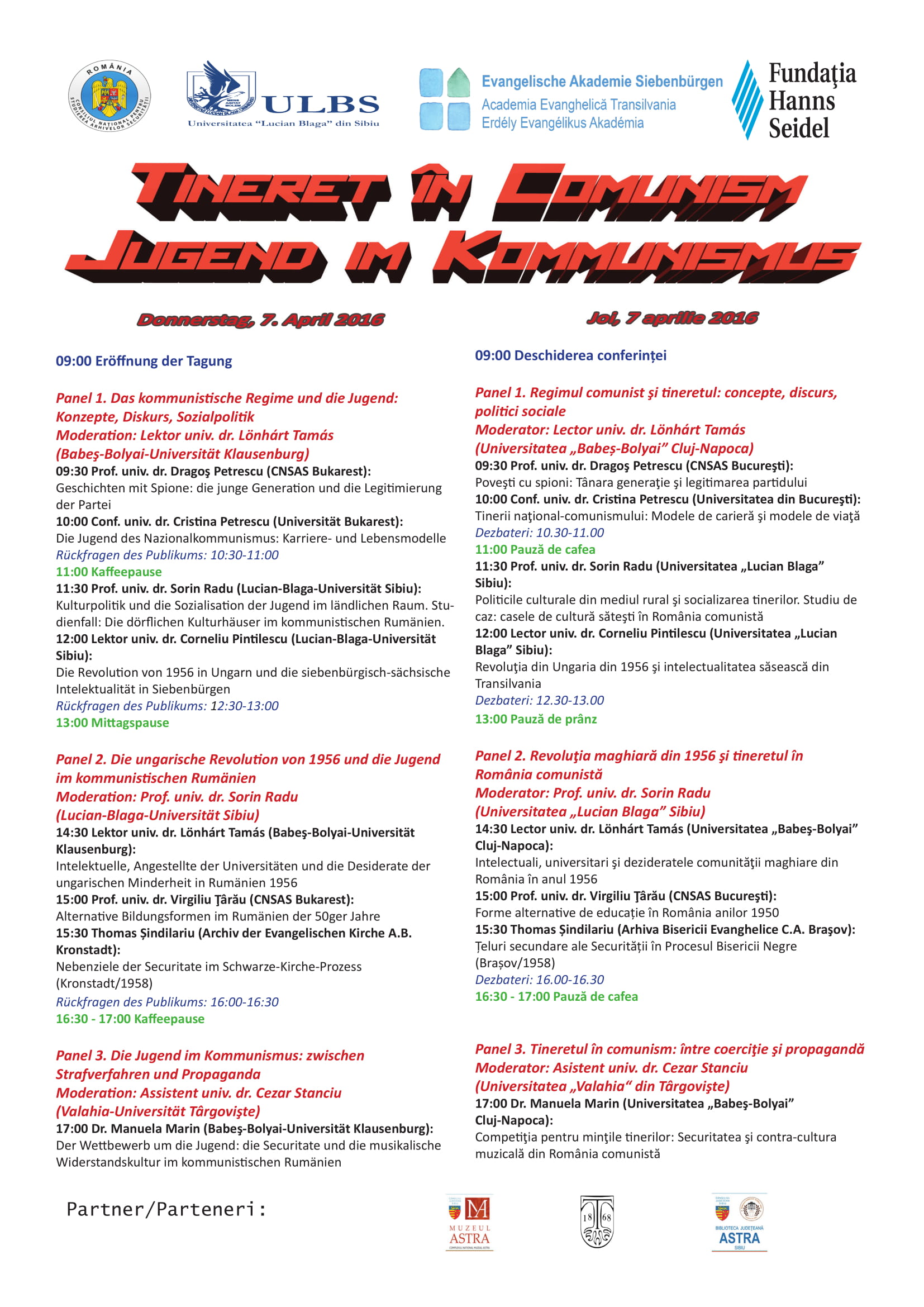

 Conference: Tineret în comunism/Jungend im Kommunismus (Youth during communism), Sibiu, 7-8 April 2016
Conference: Tineret în comunism/Jungend im Kommunismus (Youth during communism), Sibiu, 7-8 April 2016


Finally, after the end of the war and the distribution of property among the new nation-states, the negative of “Plastic Jesus” was returned to Belgrade, and is housed at present in the Yugoslav Film Archive with “Centar film” continuing to hold the rights to the work. At the beginning of 2016, with the goal of screening the film at the MoMA (Museum of Modern Art) in New York City, the Yugoslav Film Archive remastered the film, reintegrating a controversial scene. This scene had been edited out in 1972 after the consfiscation of the film. DeCuir explains why: "Utilizing archival footage of Chetniks in the movie along with a song about them would be viewed as an extremely confrontational thing to do in Socialist Yugoslavia. What made this insertion worse, when Stojanović took his critical views too far, was the next set of images in this particular montage sequence. After the insertion of the archival footage of Chetniks, Stojanović cuts to archival home footage of the wedding party of Ljubiša Ristić (an actor in the film) and Višnja Postić, both of whose fathers happened to be army generals and who were in attendance at the party along with other government officials - all prominently displayed in the footage. As a result of the associative montage the idea was produced that these officials could be equated with Chetniks - or even worse, were Chetniks. The extreme political sensitivity of this scene proved to be the ultimate undoing of the film.” (DeCuir et al. 2011b, p. 248) The scene was under special ban and the secret service returned it to the Yugoslav Film Archive only in 2009. DeCuir sees the fate of this scene as “a reminder of the extent to which oppositional criticism was suppressed in Yugoslavia, as well as the potential penalties.” (Ibd.)
The new, remastered 2016 version of the movie is the first complete version of "Plastic Jesus" since its creation. Thus, the movie was screened, with the director present, for the first time in its entirety at the Museum of Modern Art in New York City in April 2016.
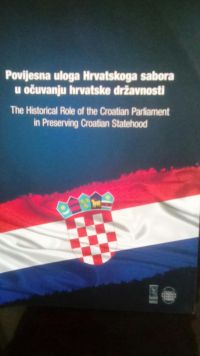

As a part of the twenty-fifth anniversary of Croatia’s independence, and in cooperation with and under the auspices of the Croatian Parliament, in June through August 2016 the Croatian State Archives organized an exhibition entitled “The Historical Role of the Croatian Parliament in Preserving Croatian Statehood.” The exhibition was divided into four units, for which the last one “Securing Independence for the Republic of Croatia, 1990–1992” also made use of materials held in Vjesnik Newspaper Documentation collection, from the domestic affairs category.
